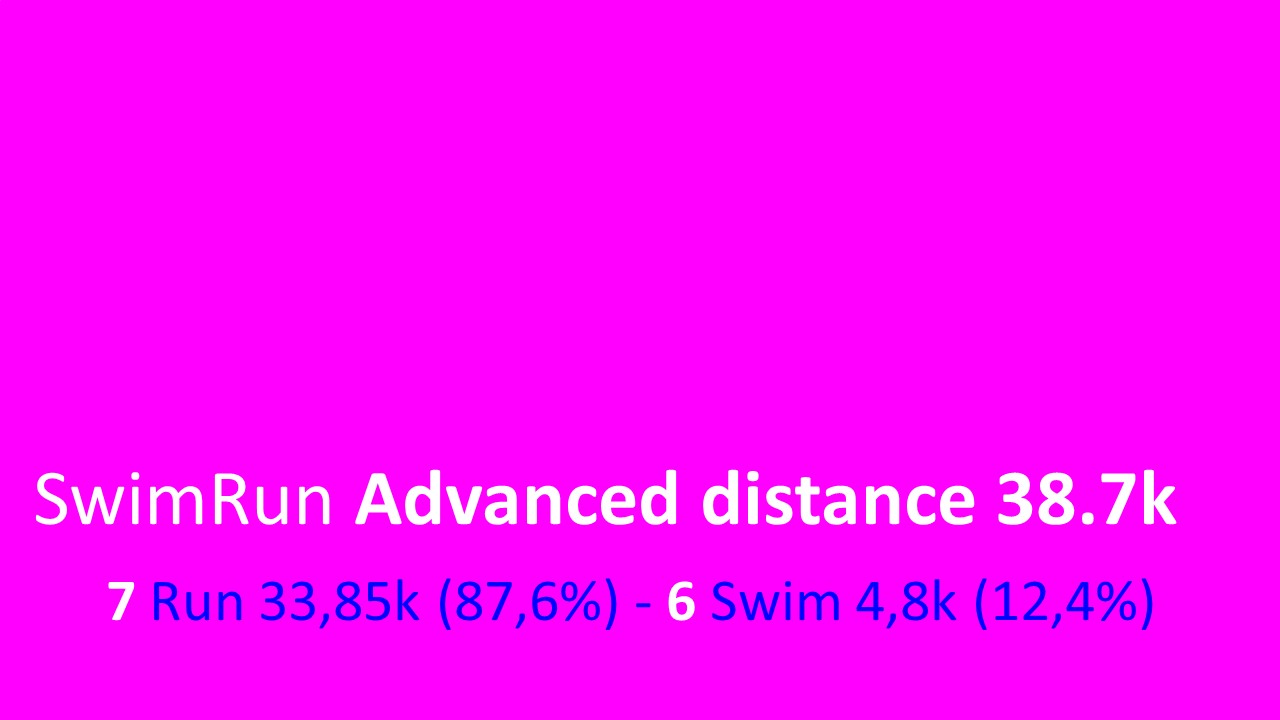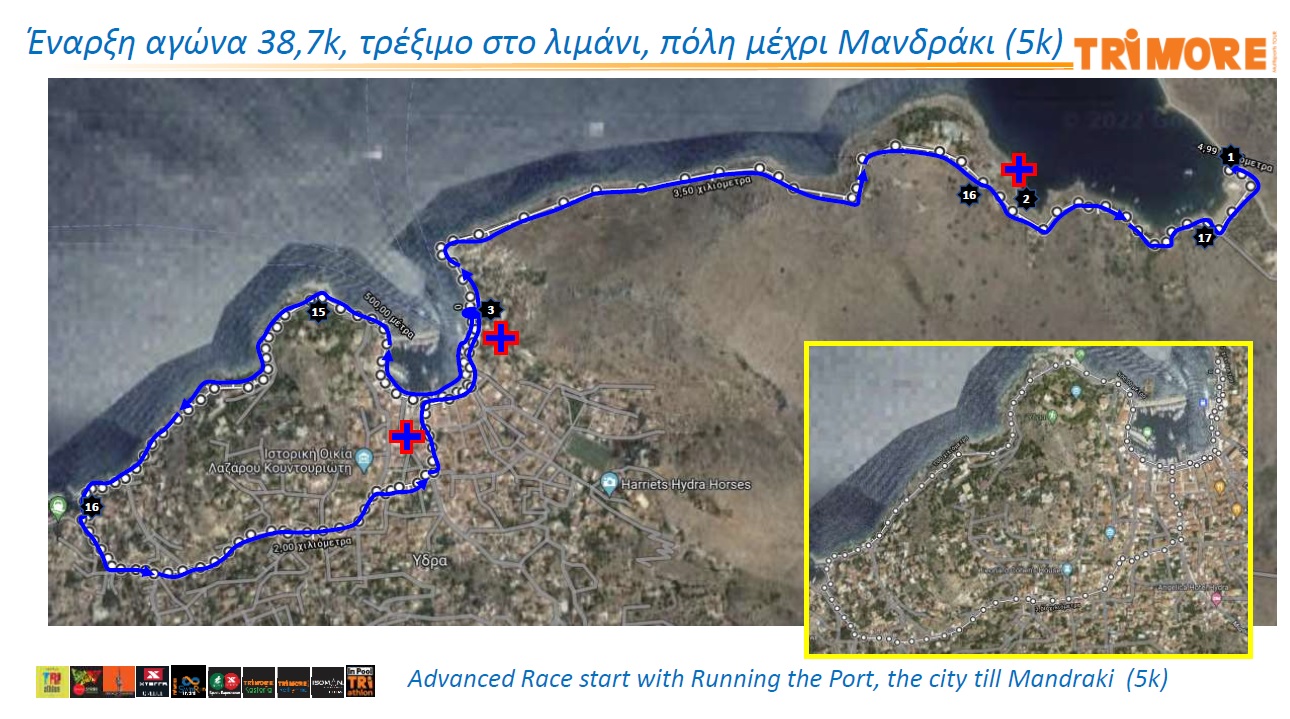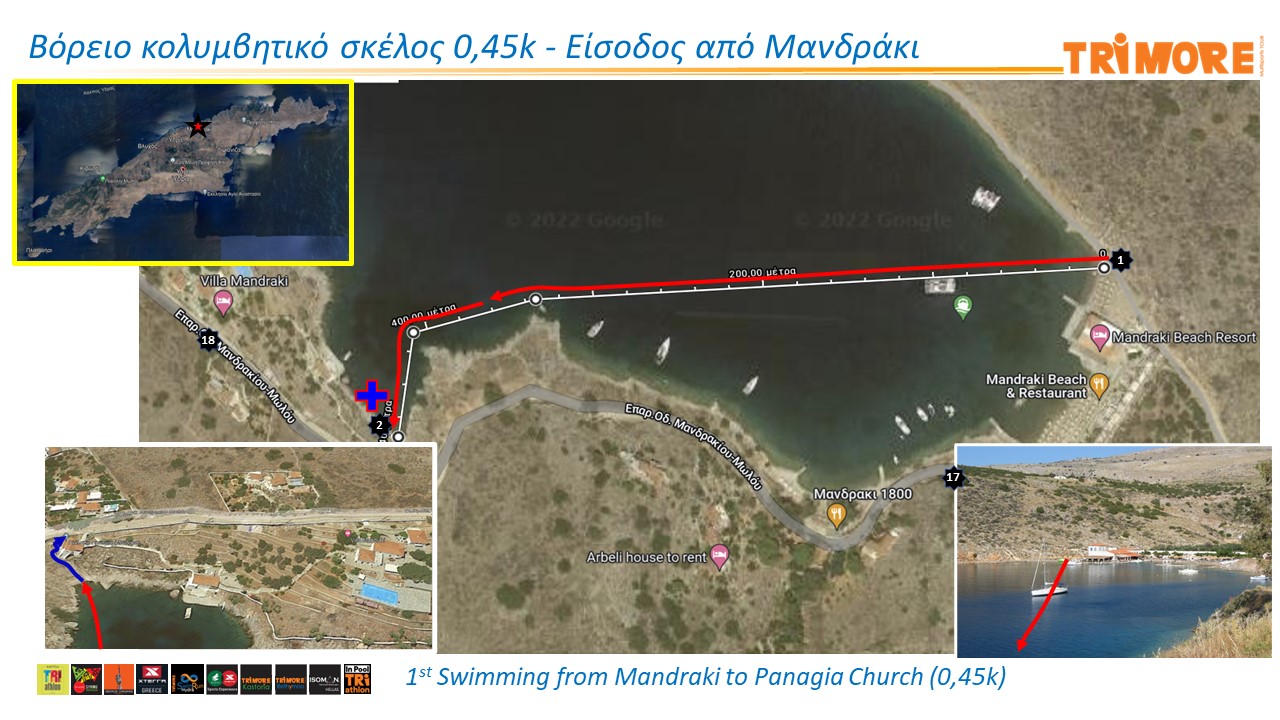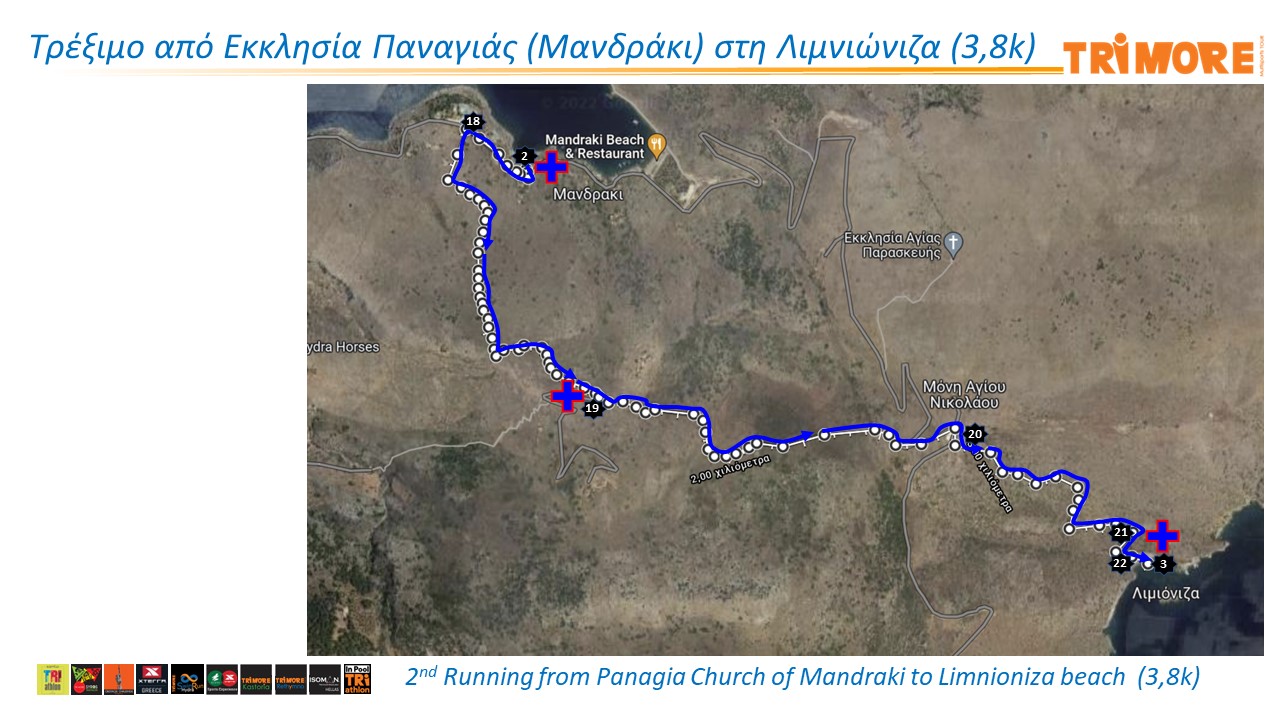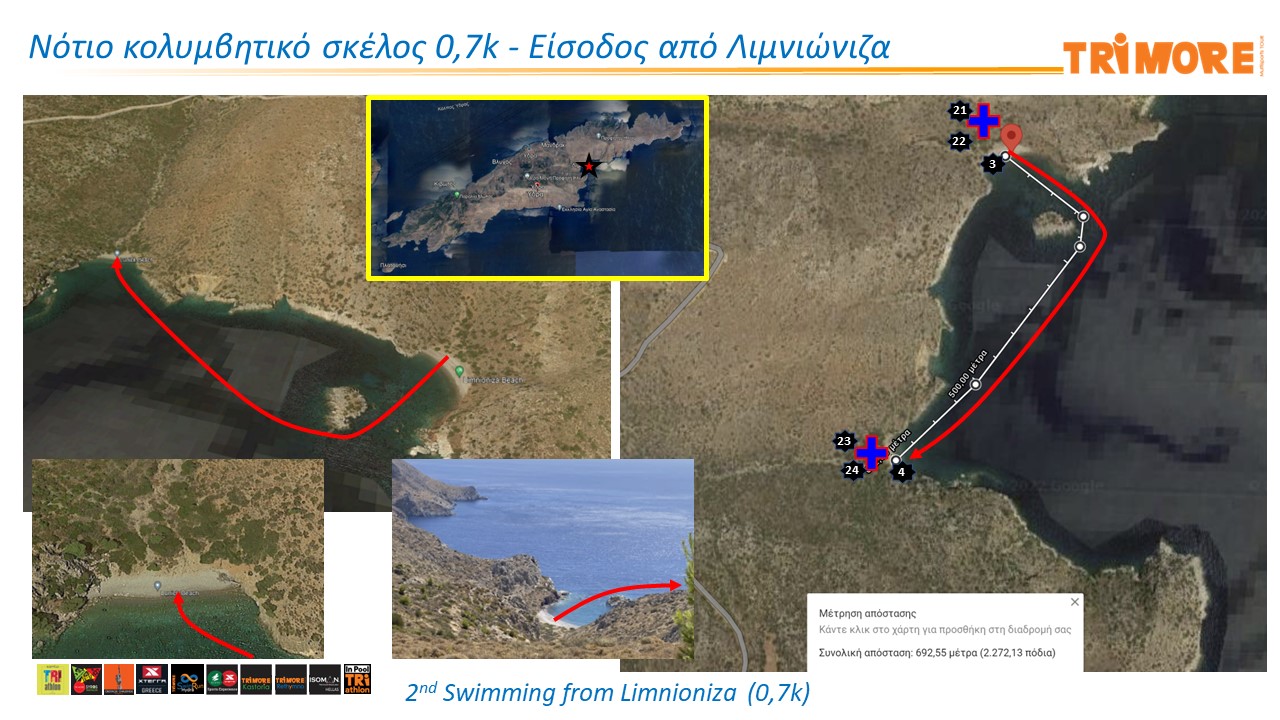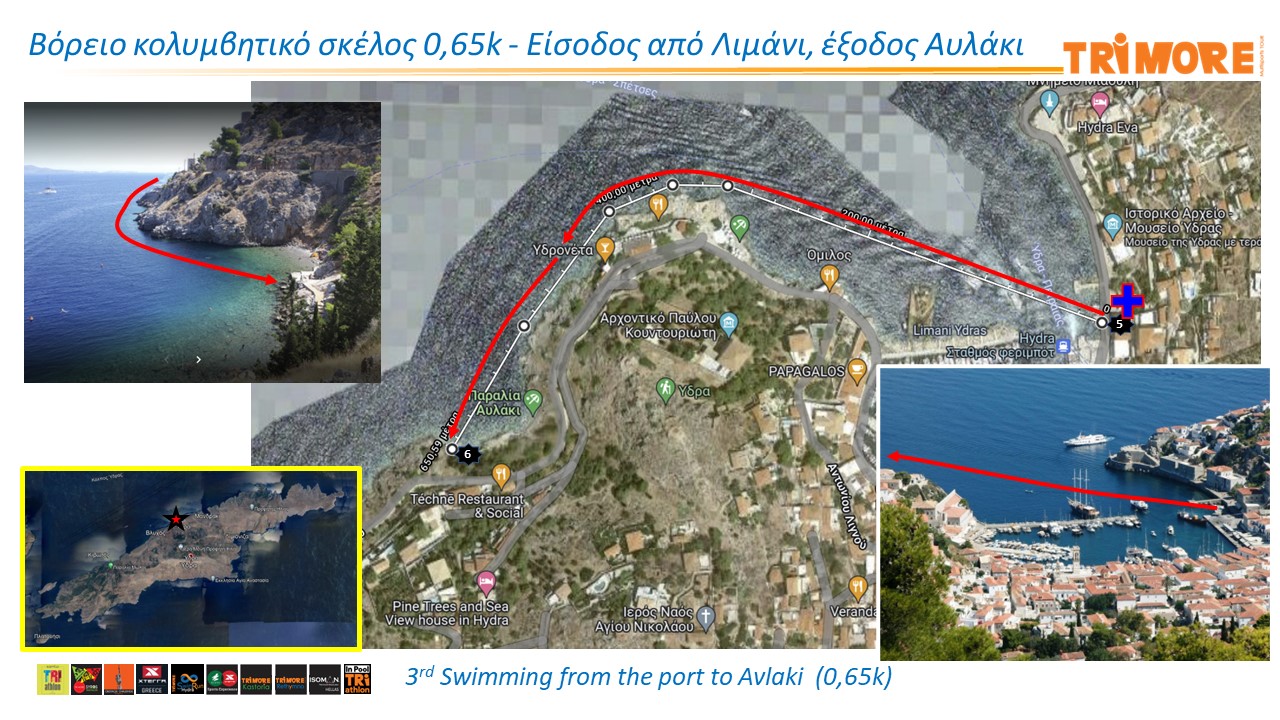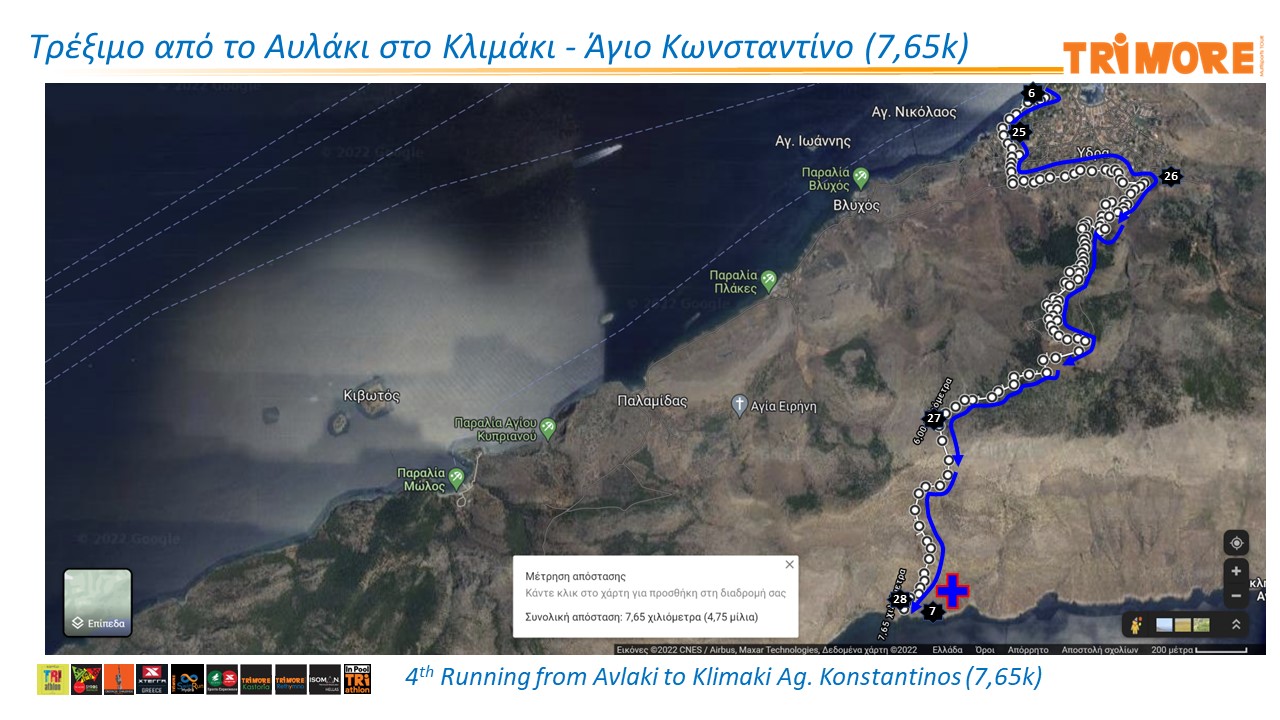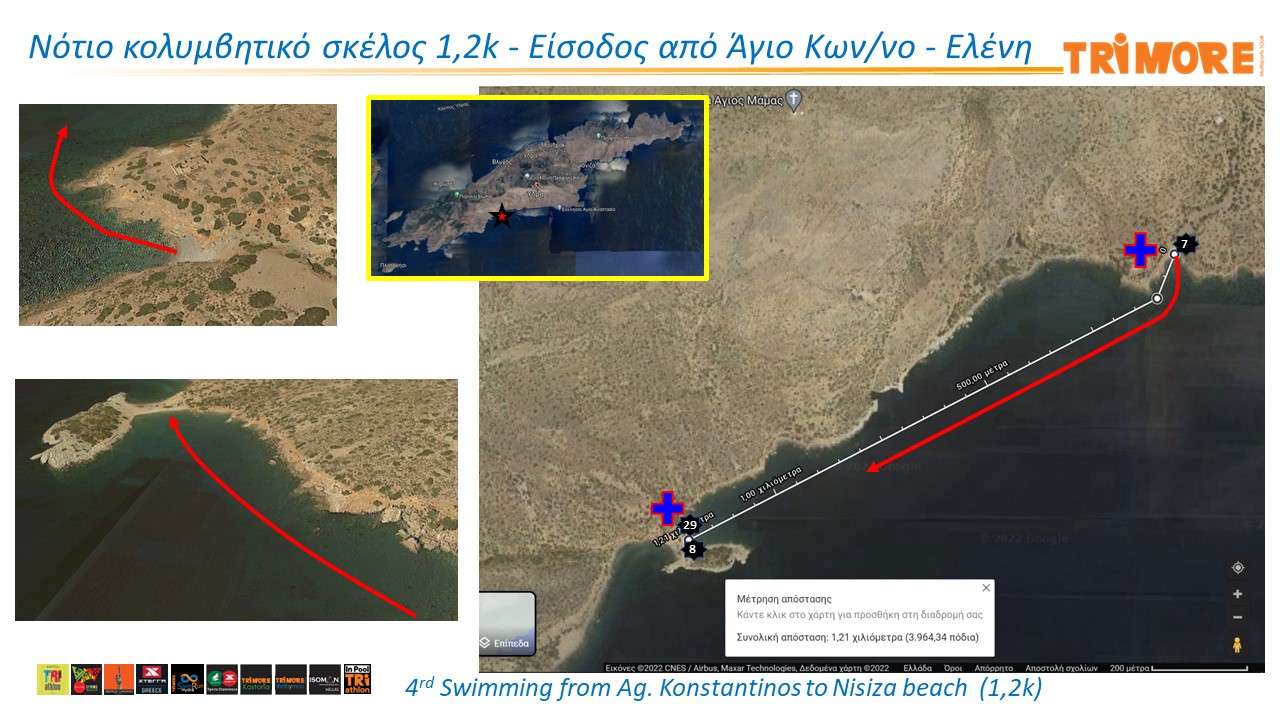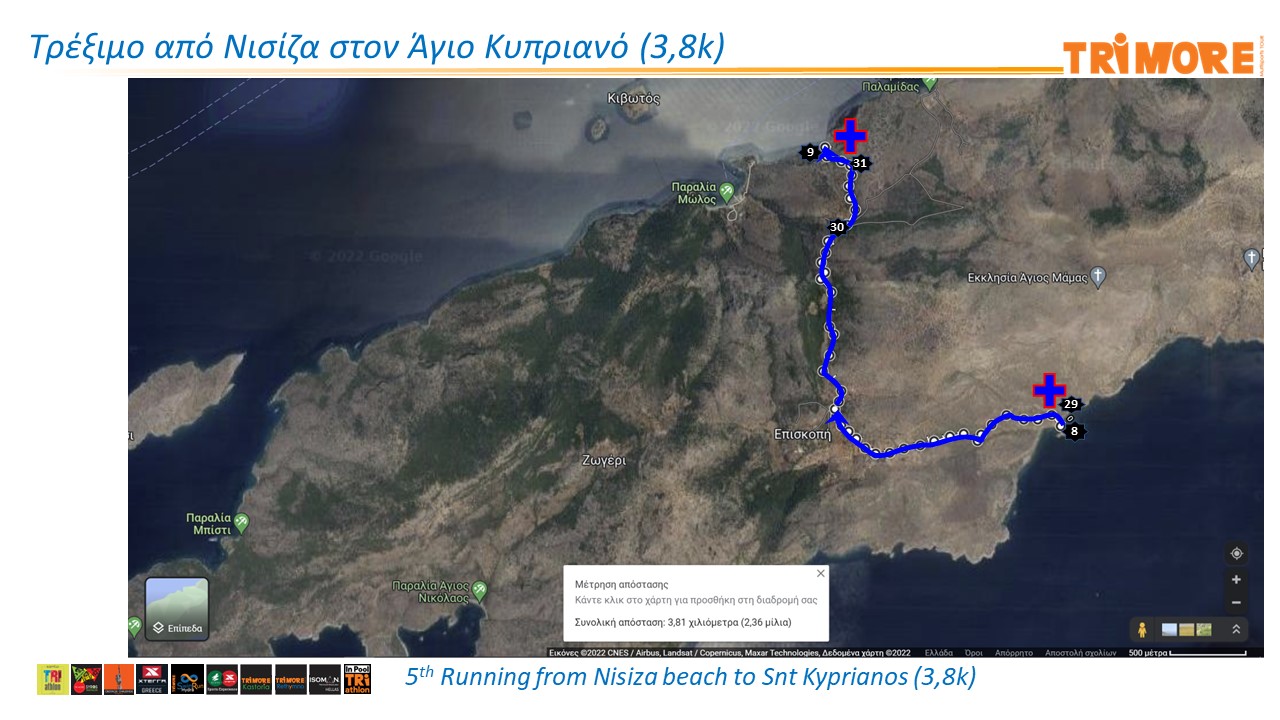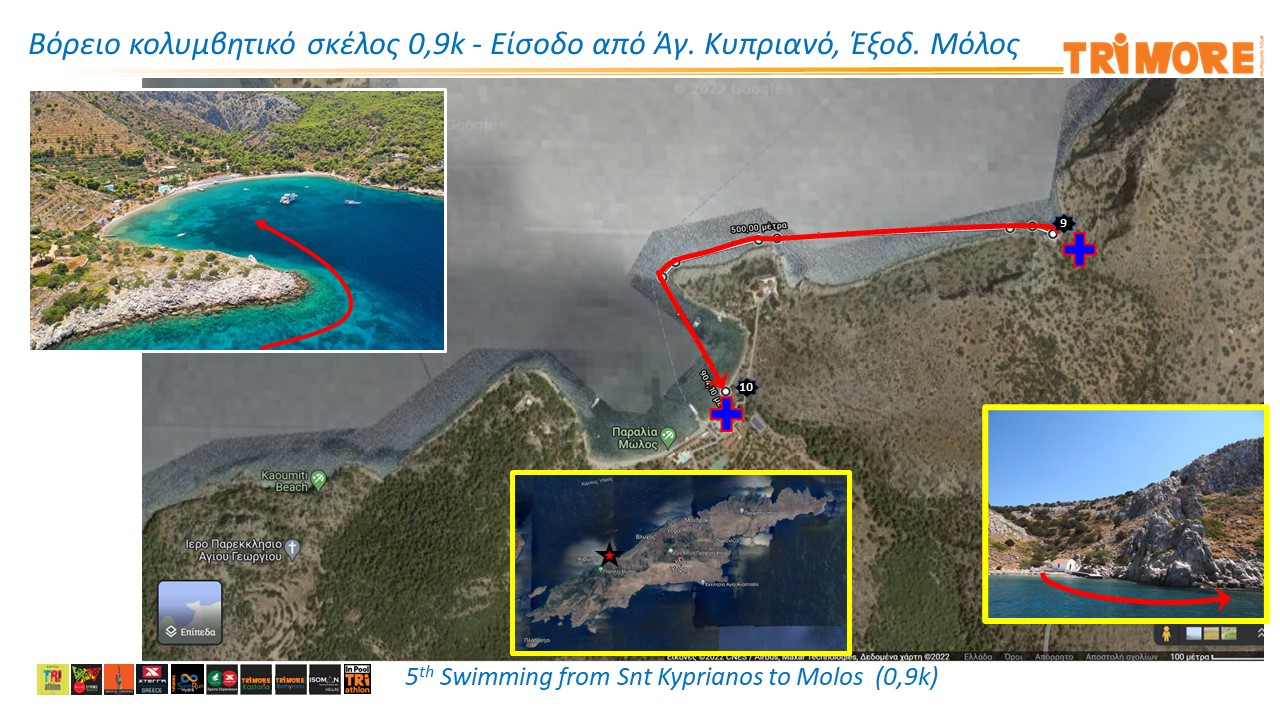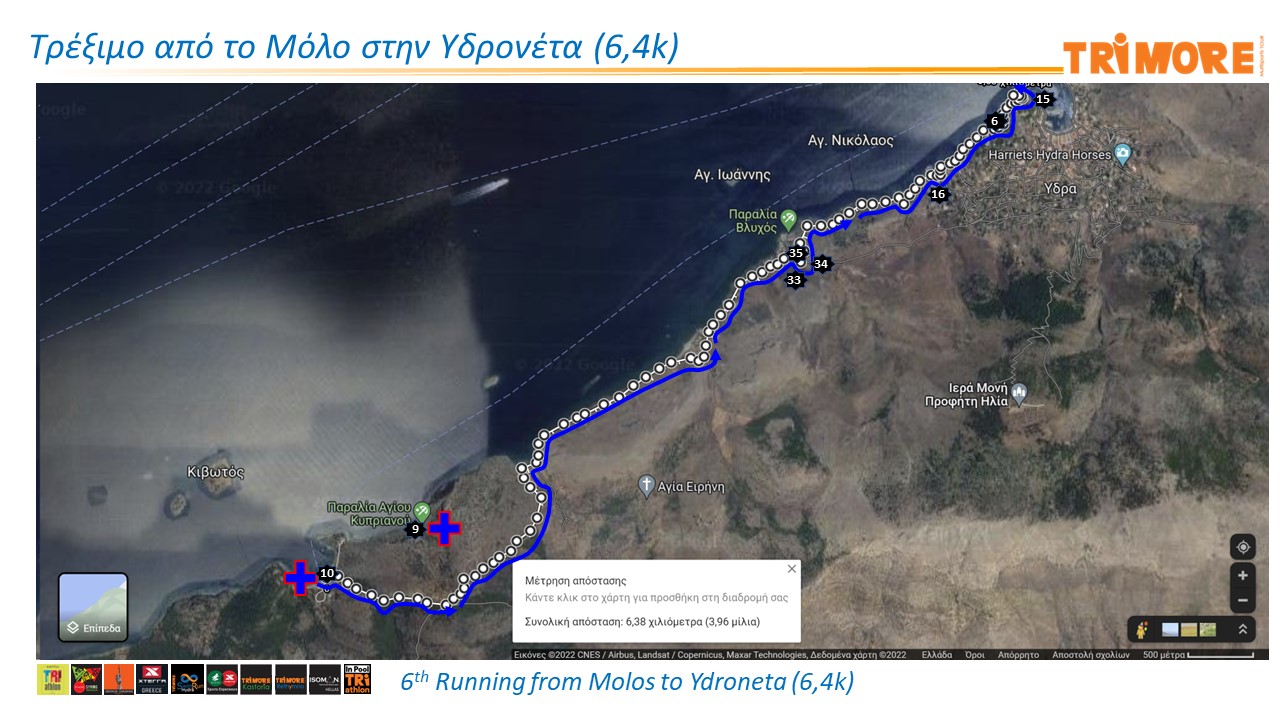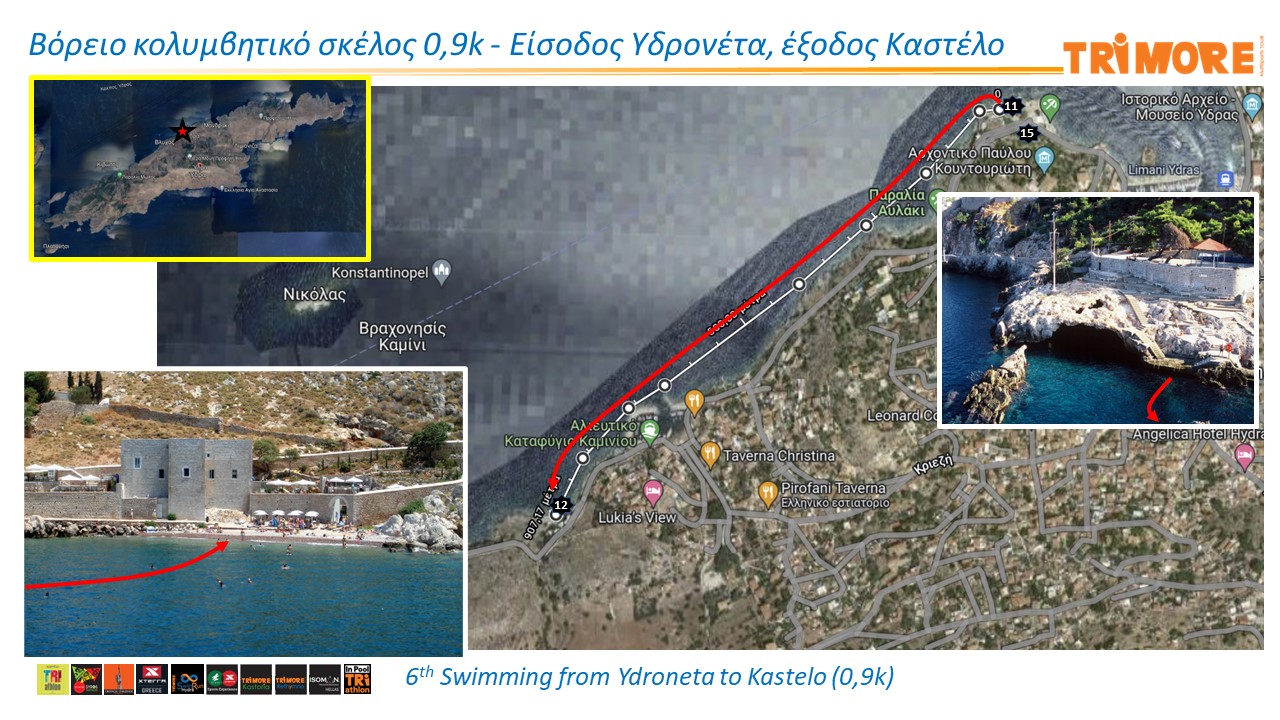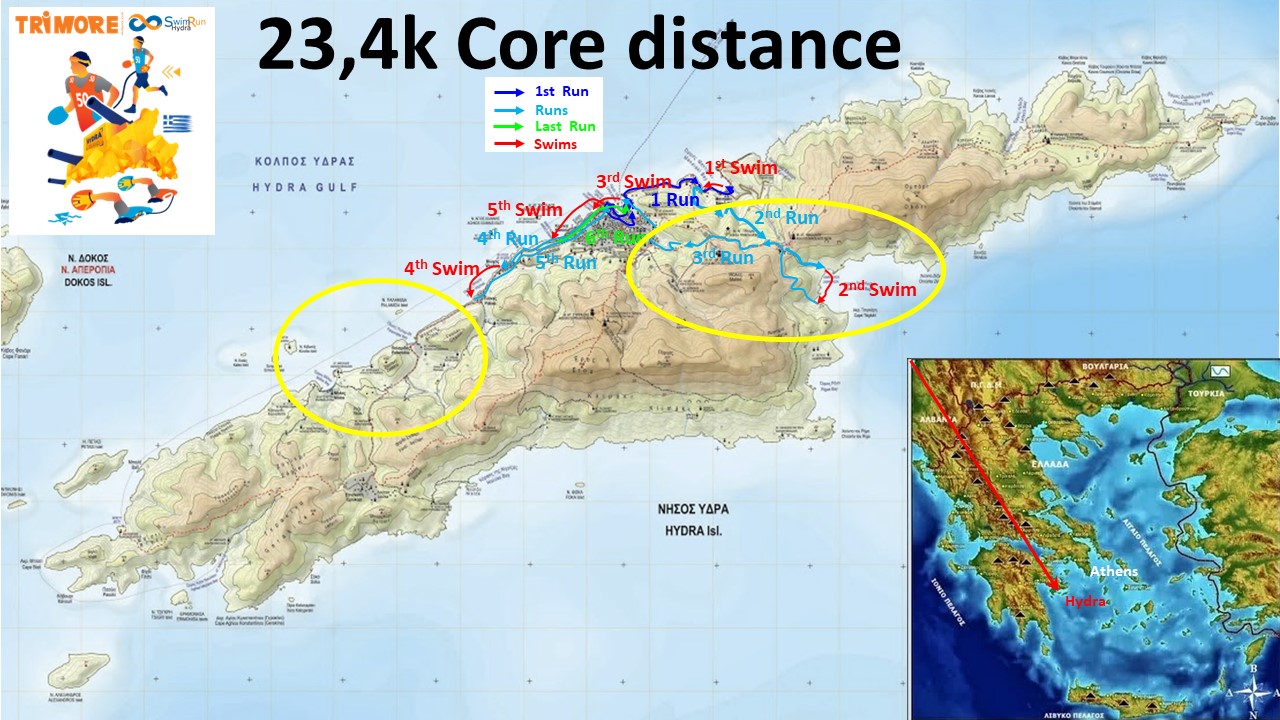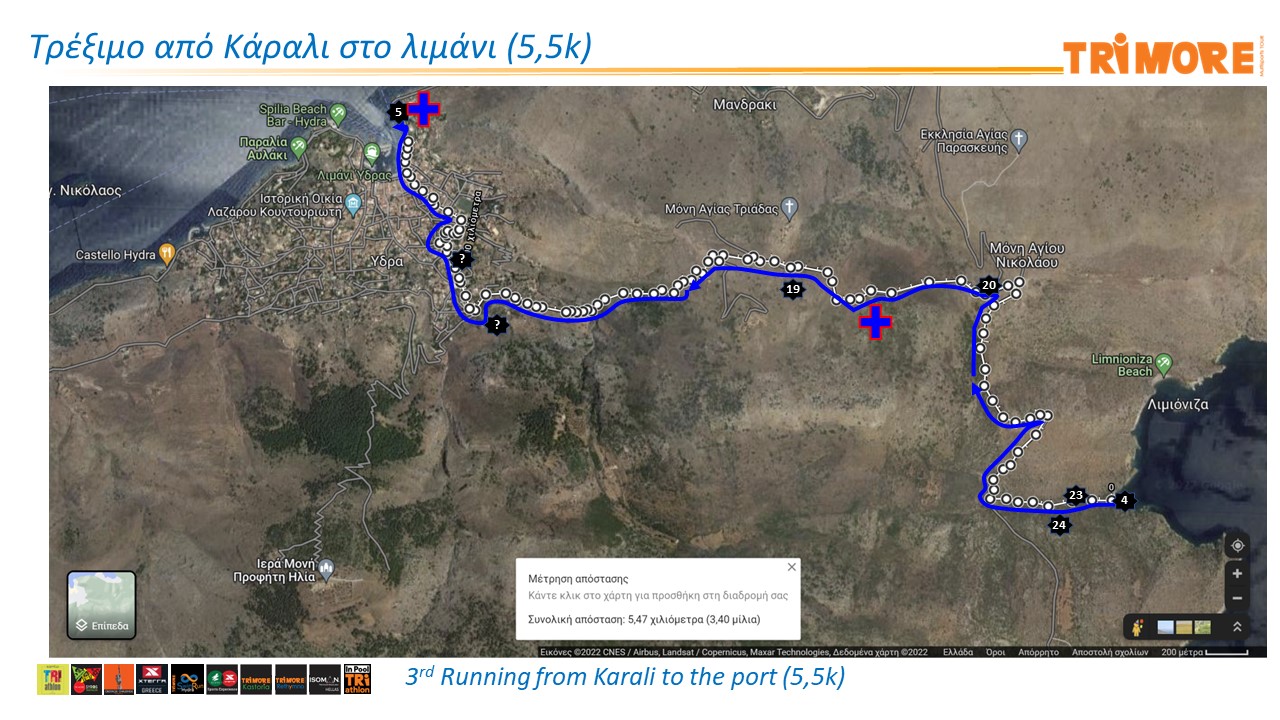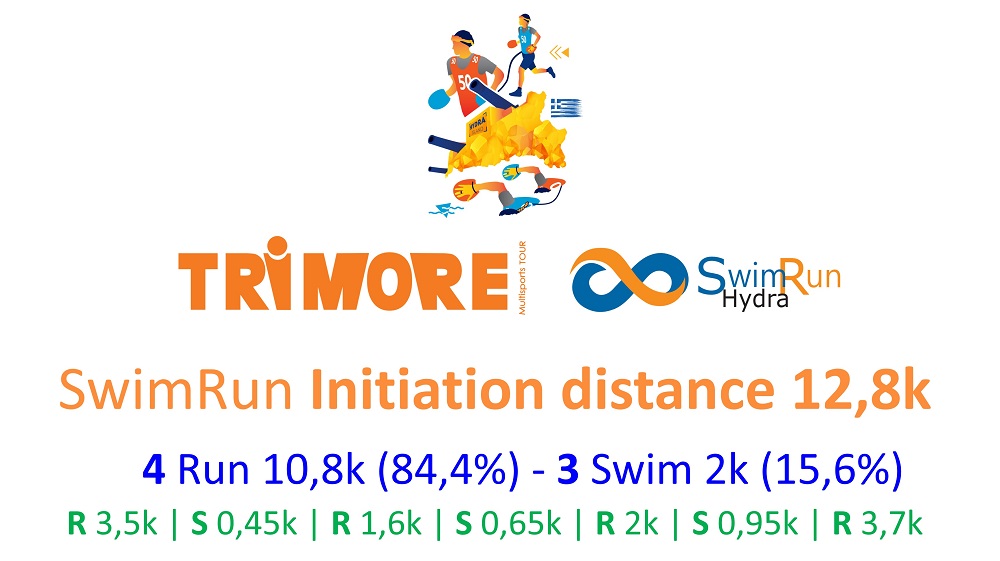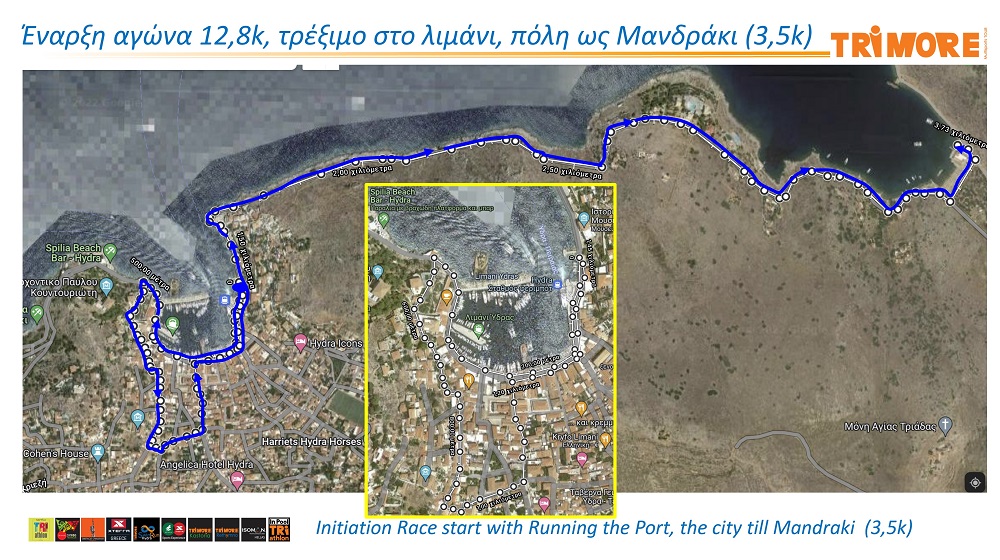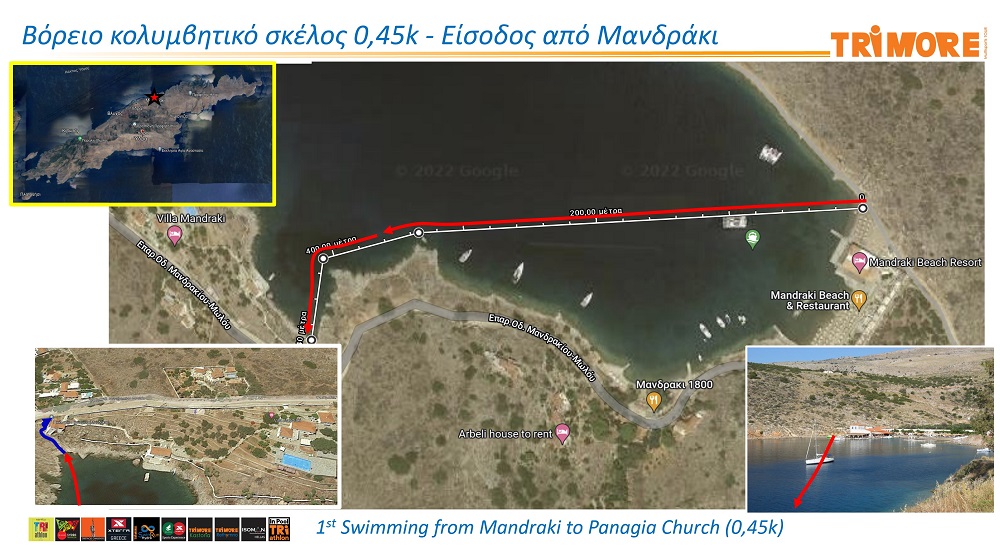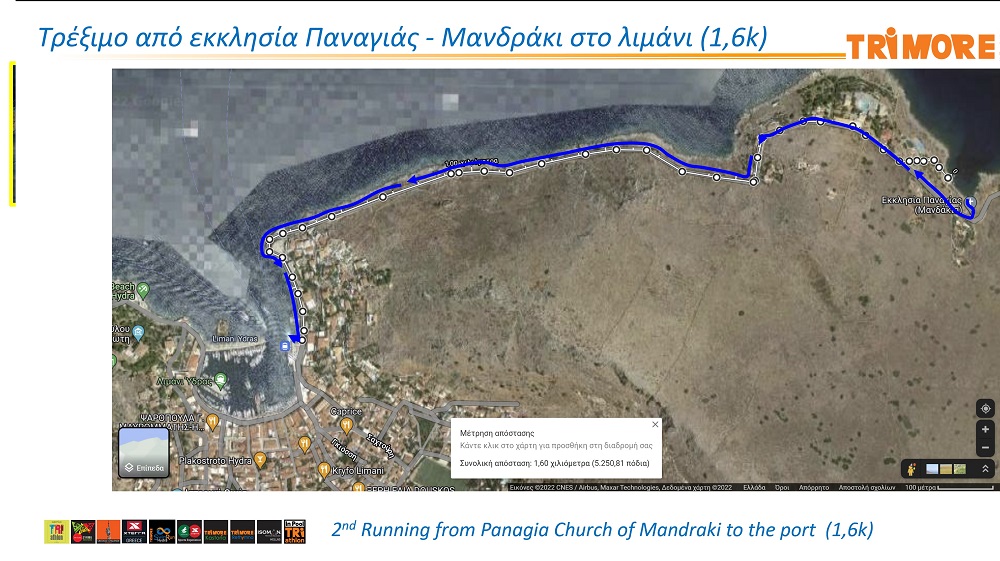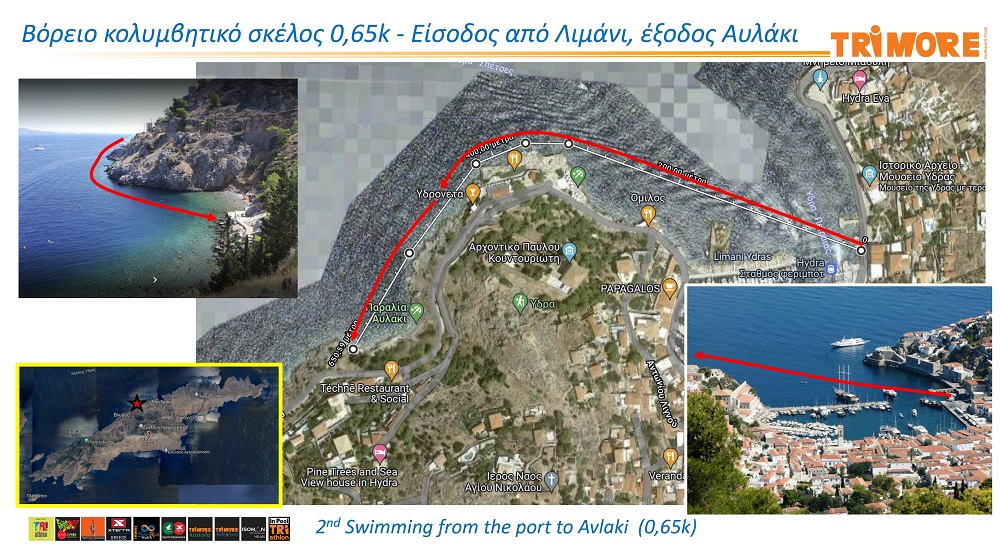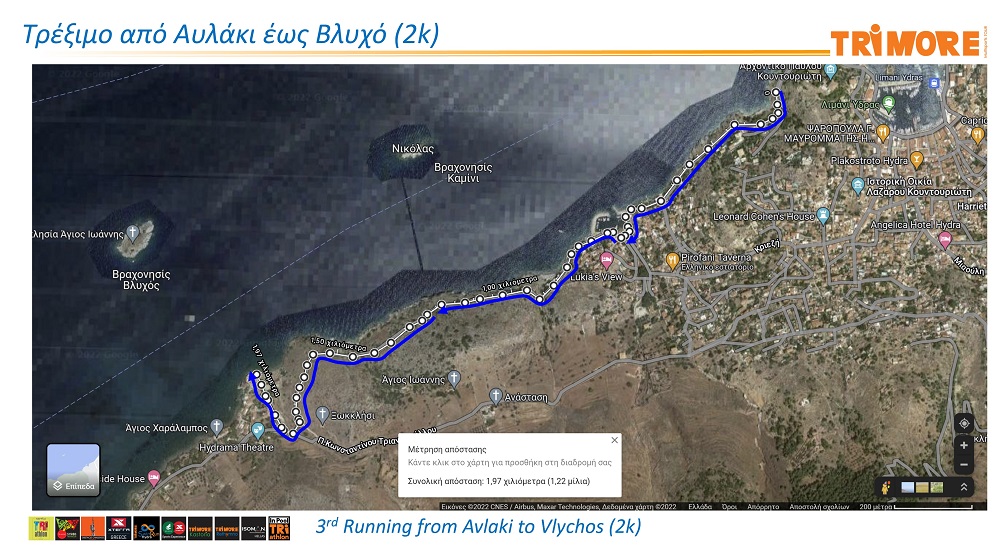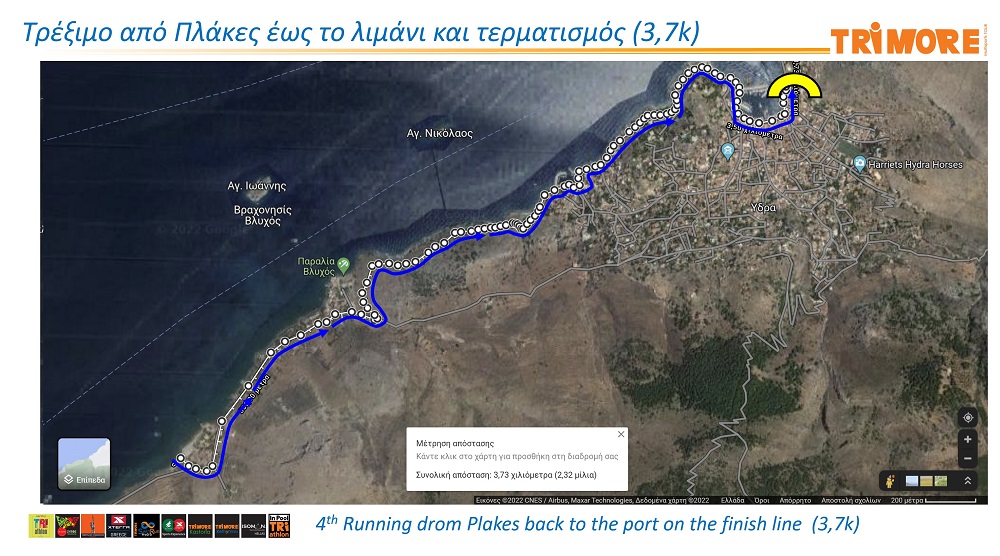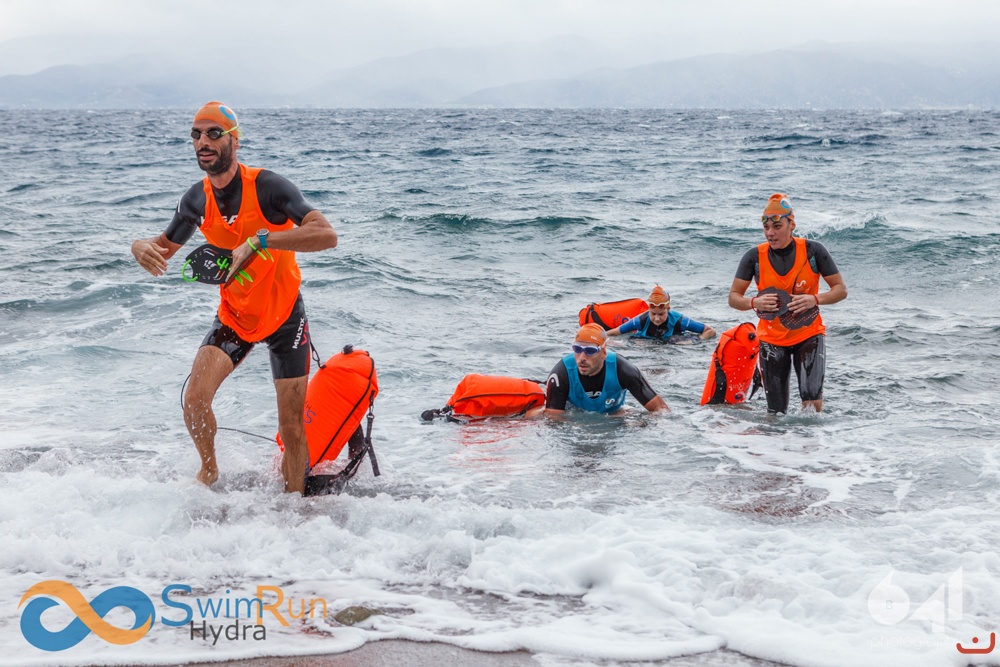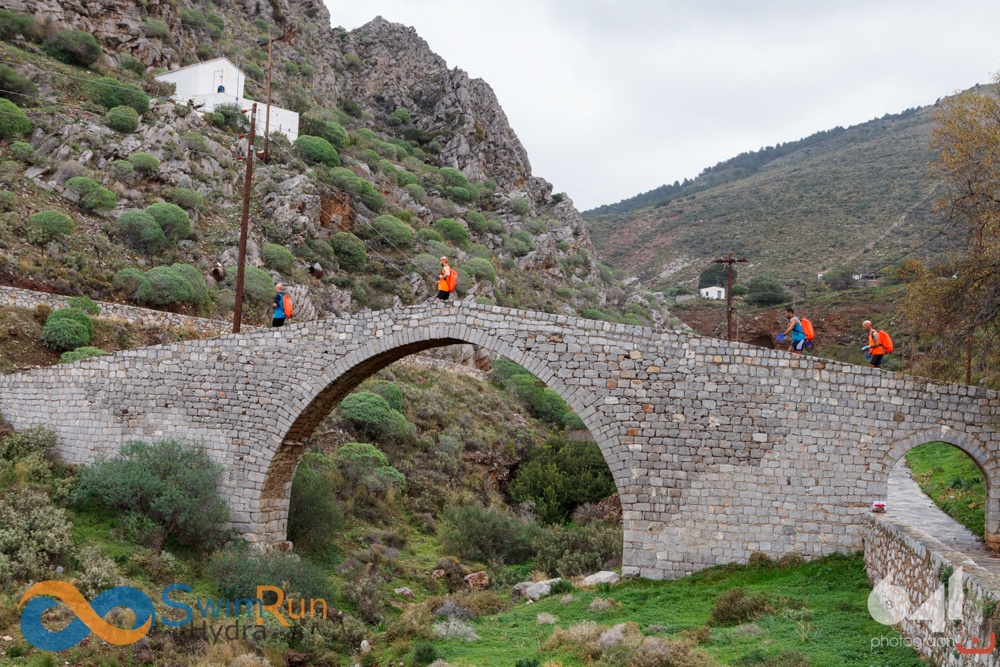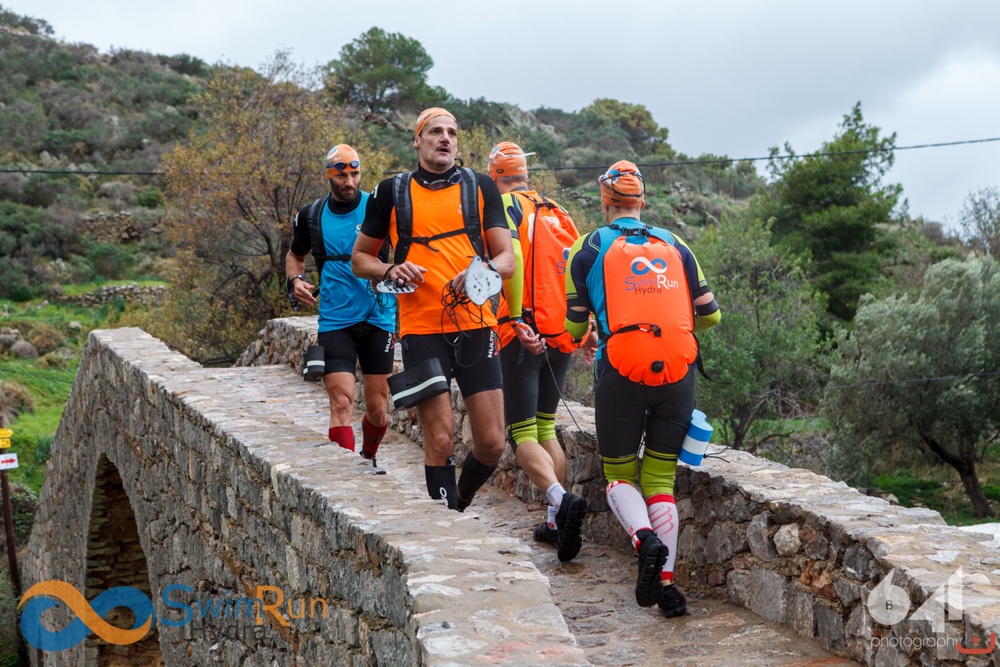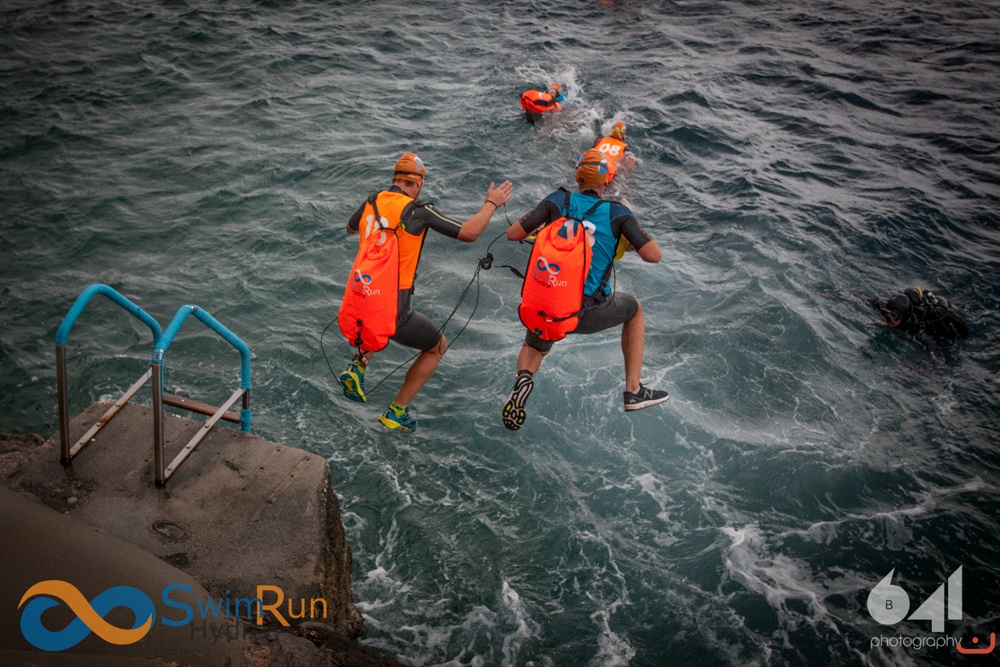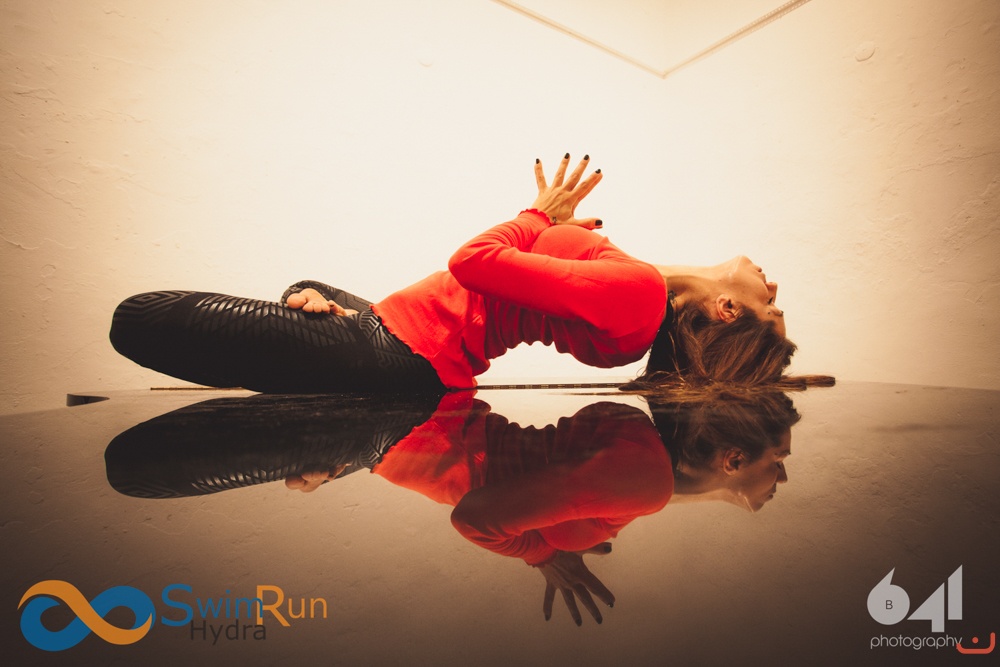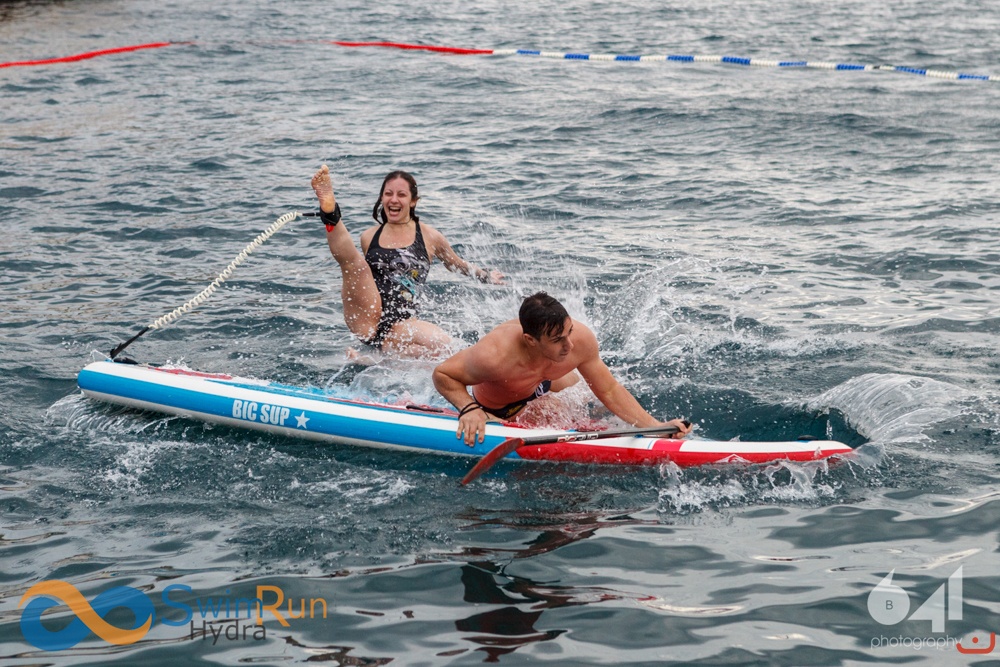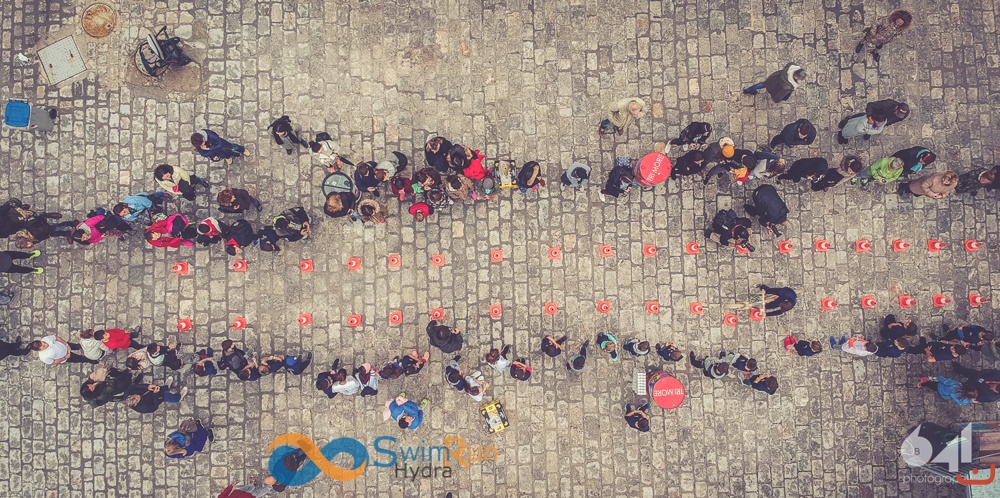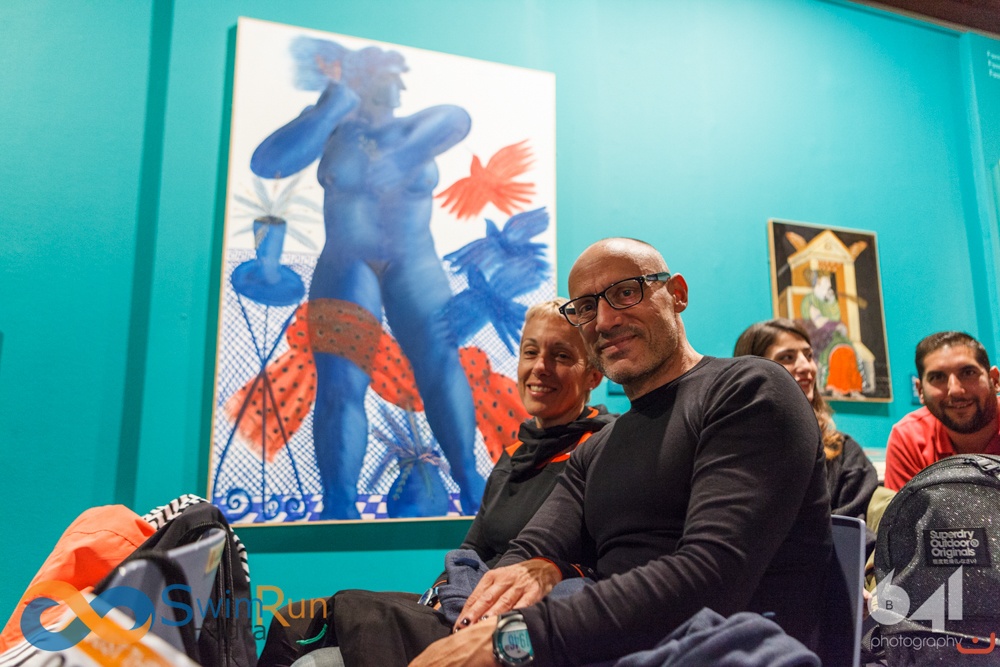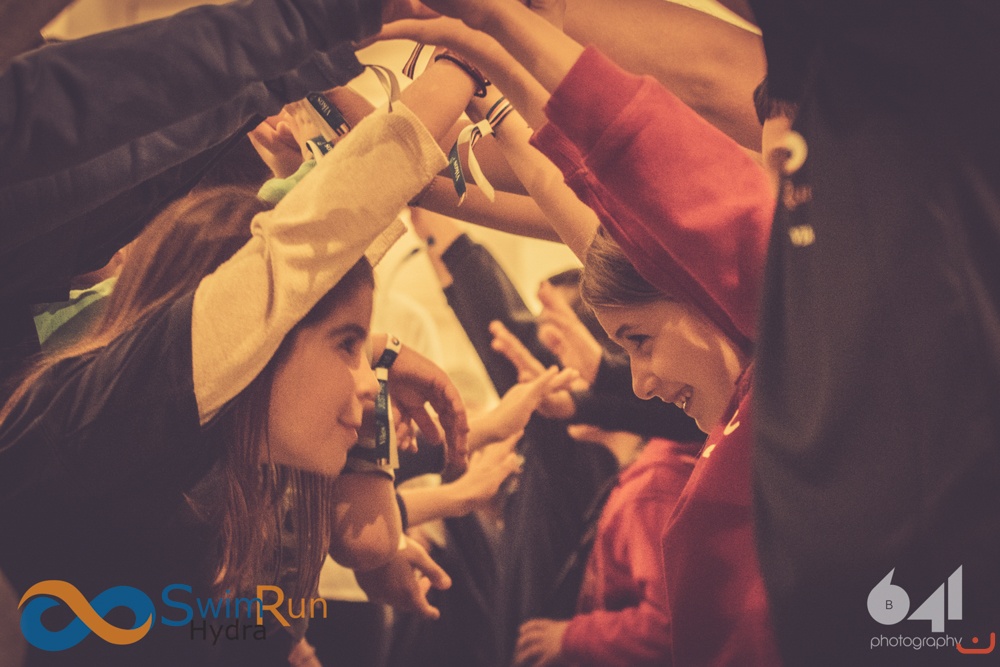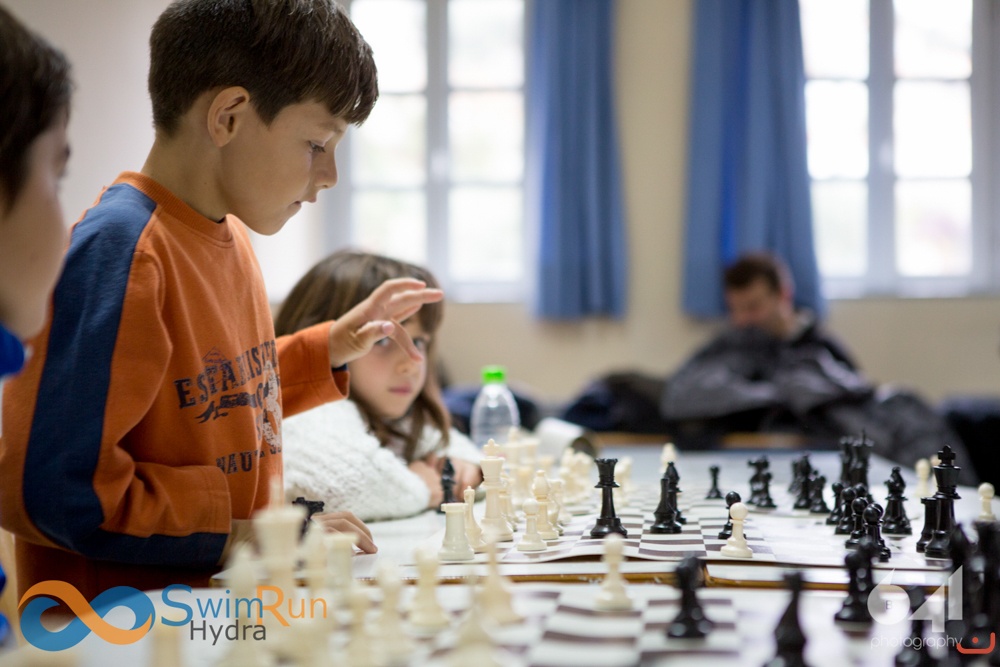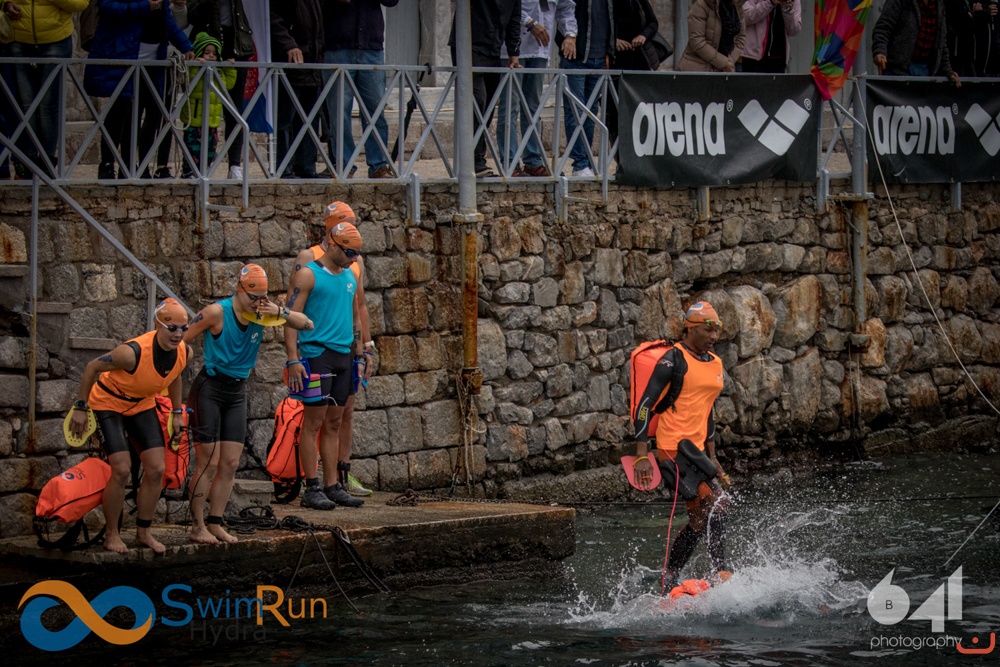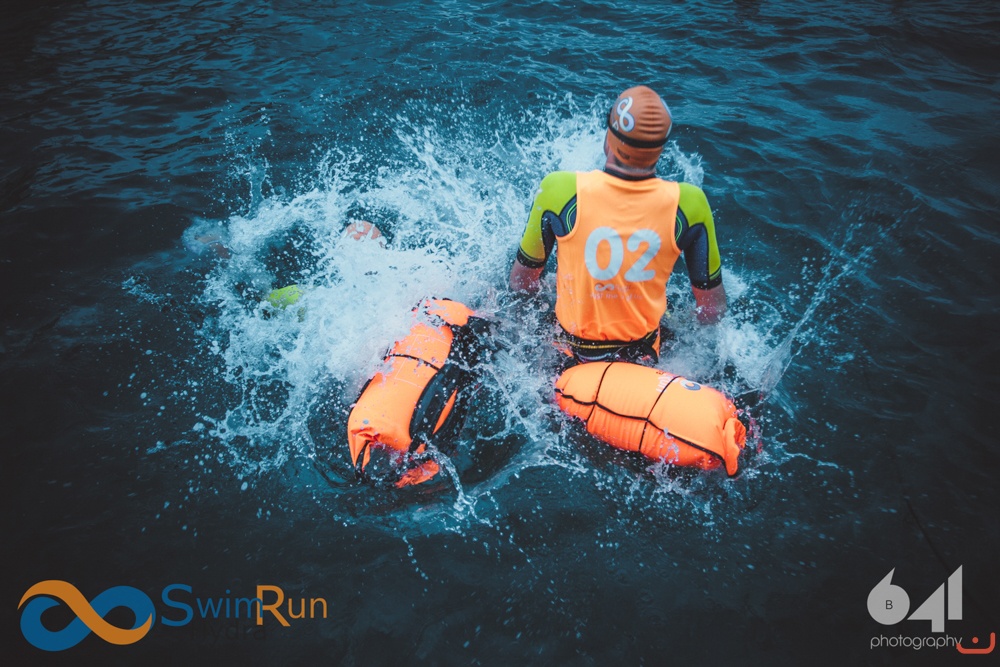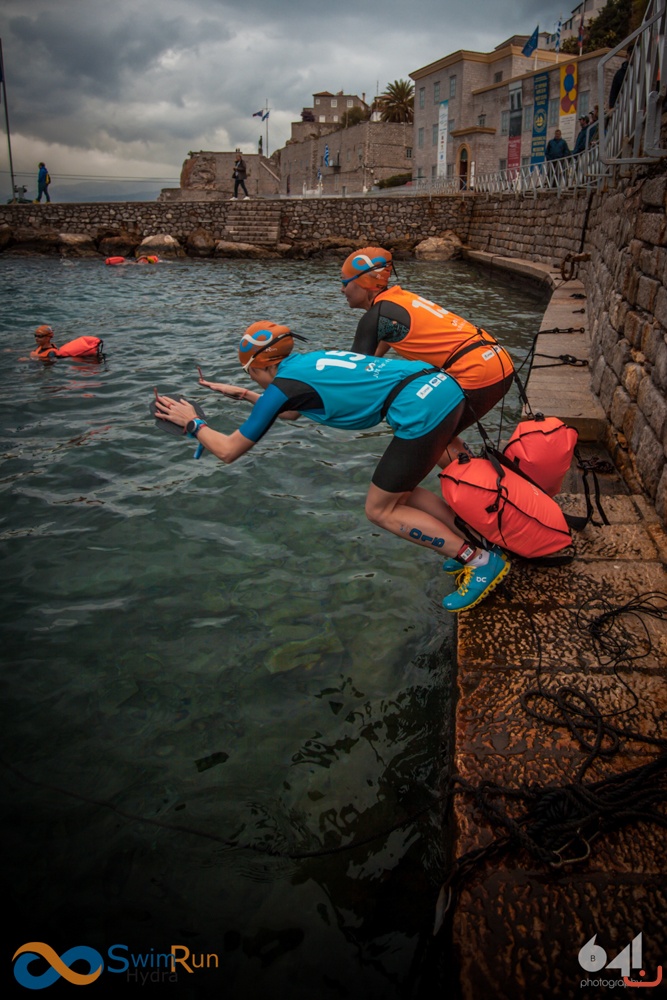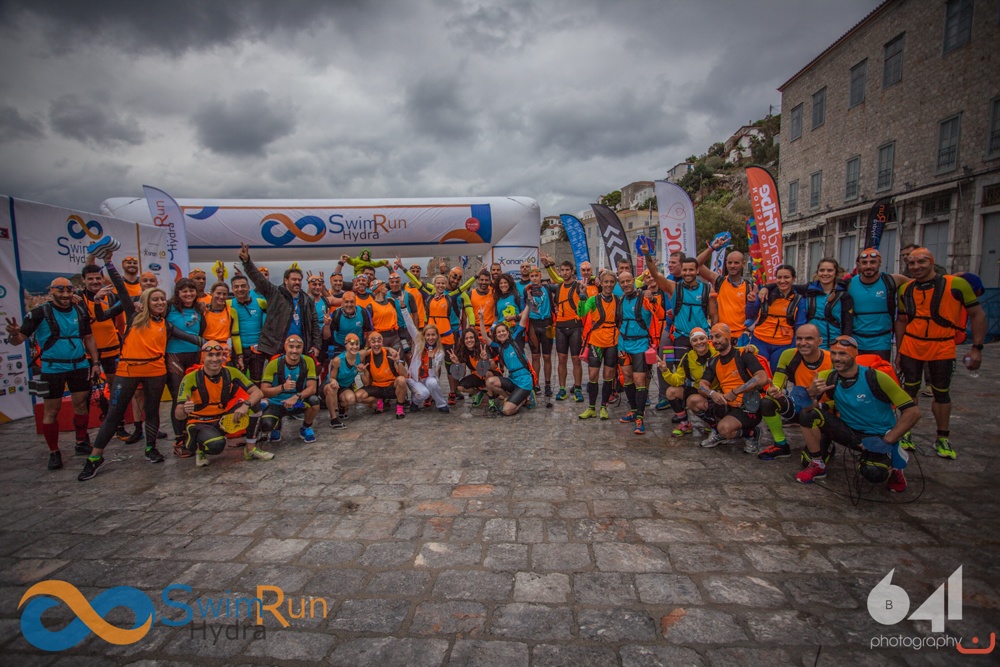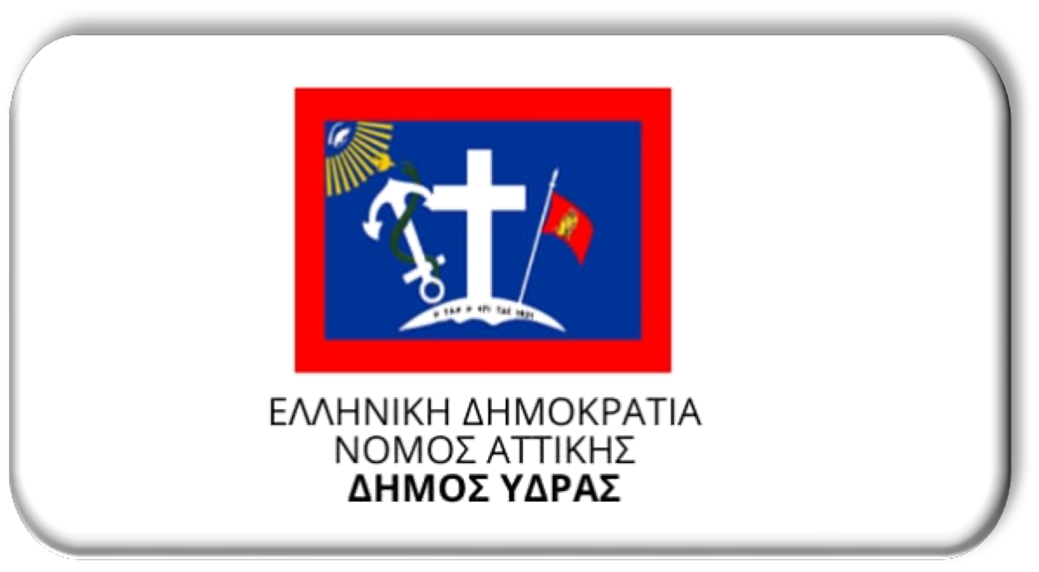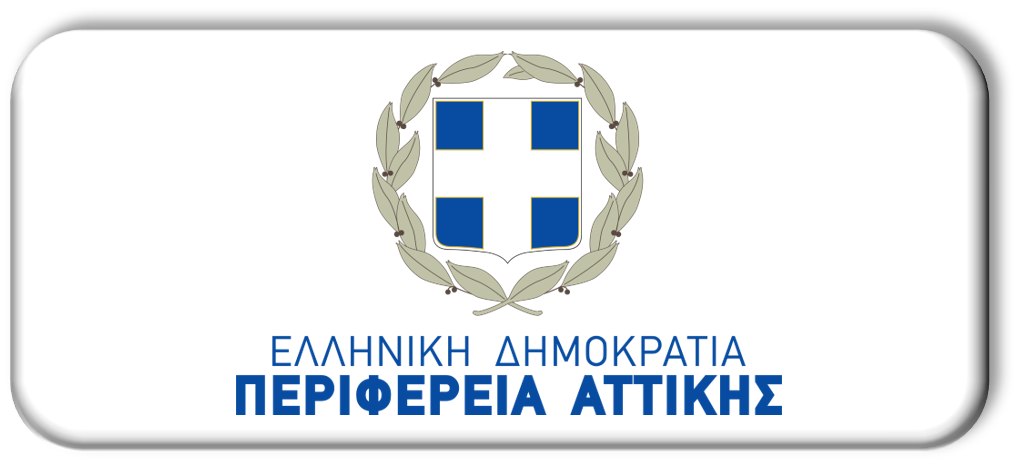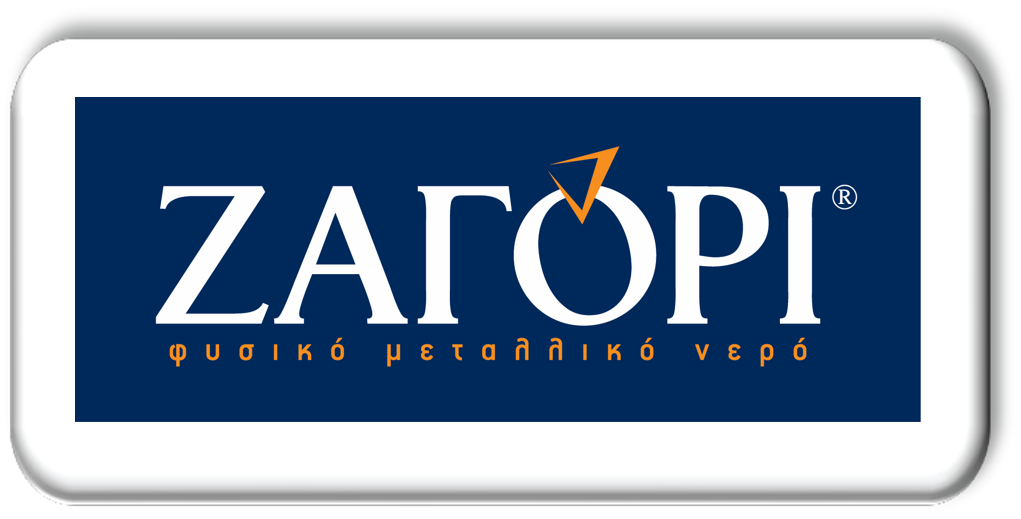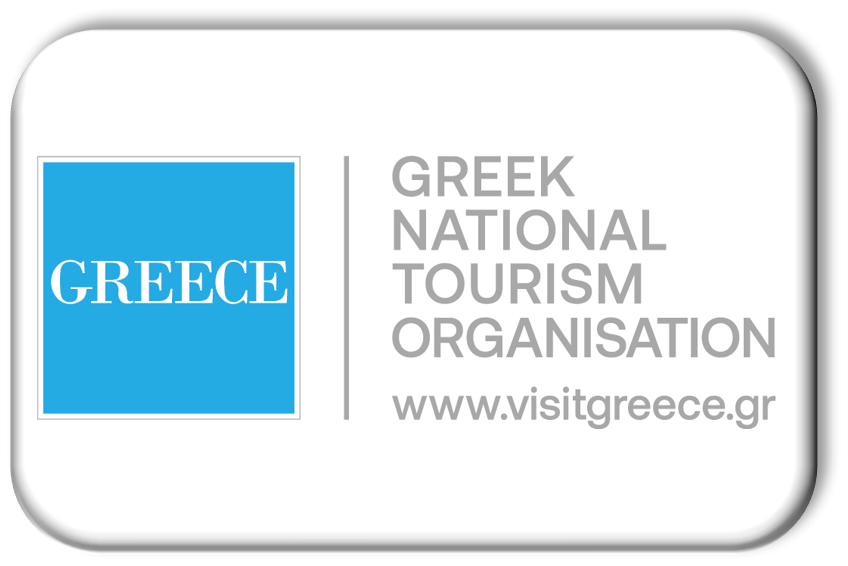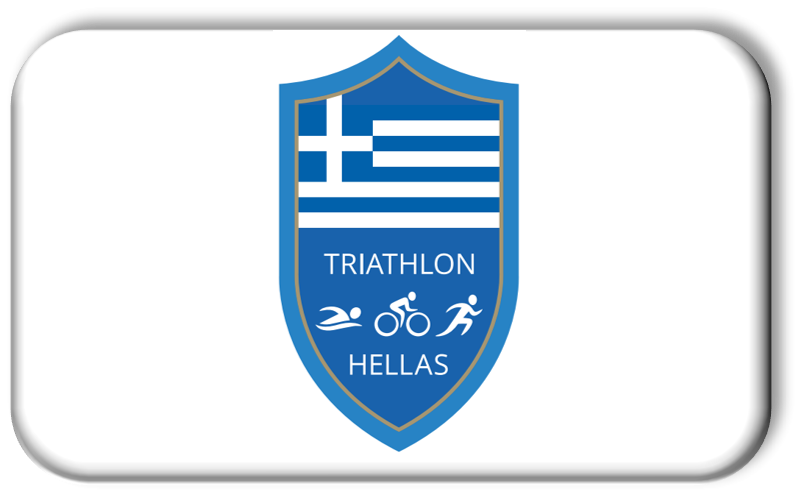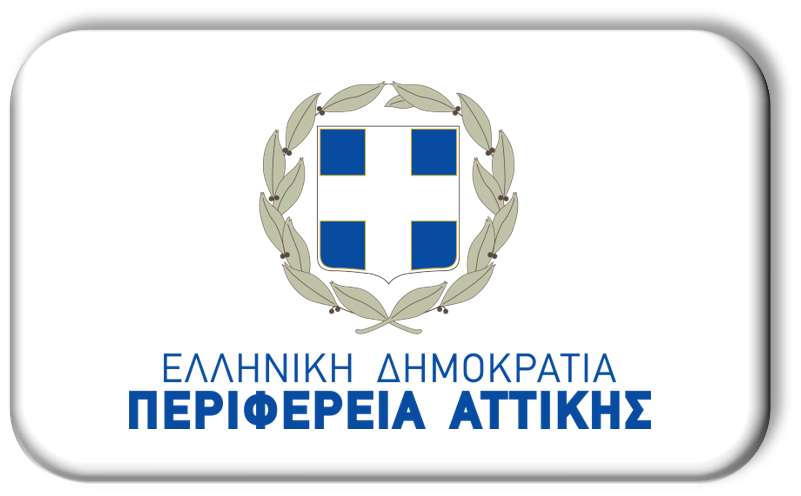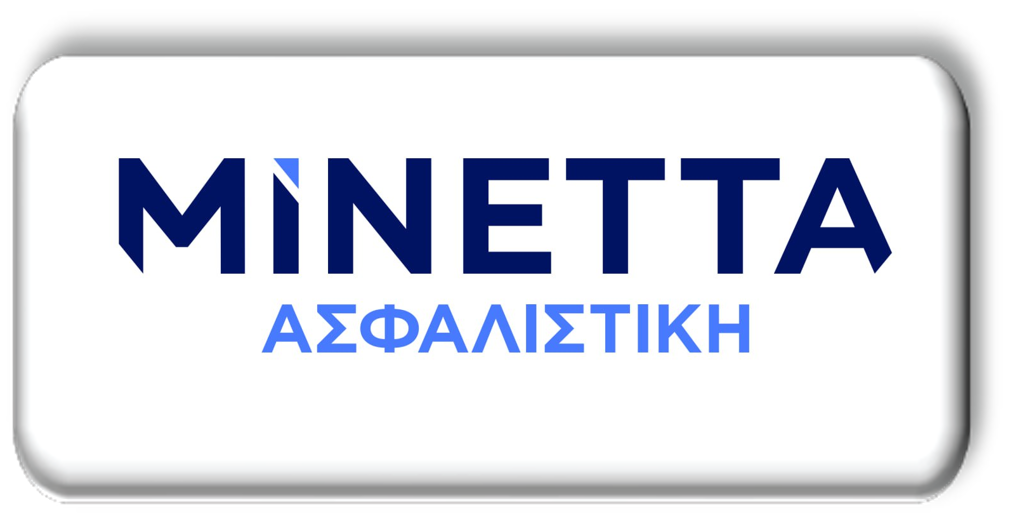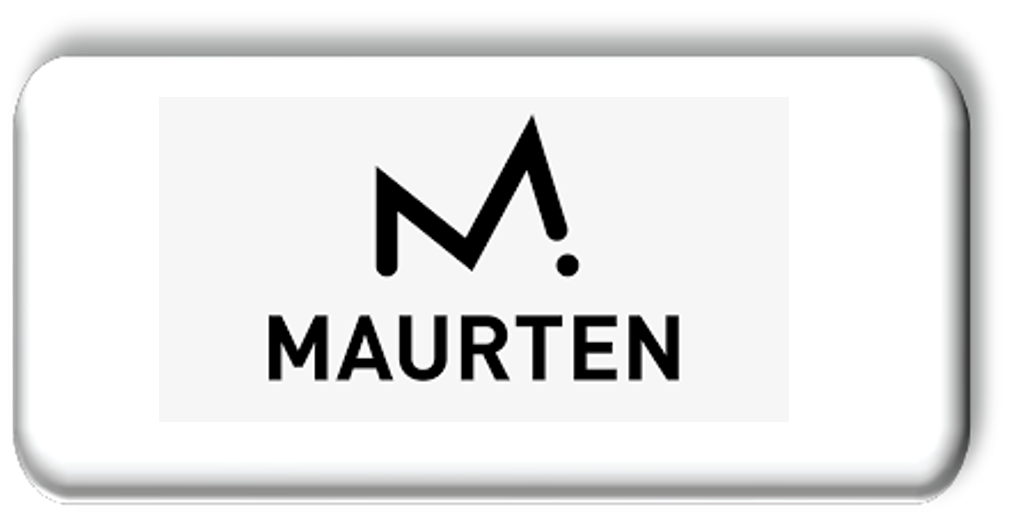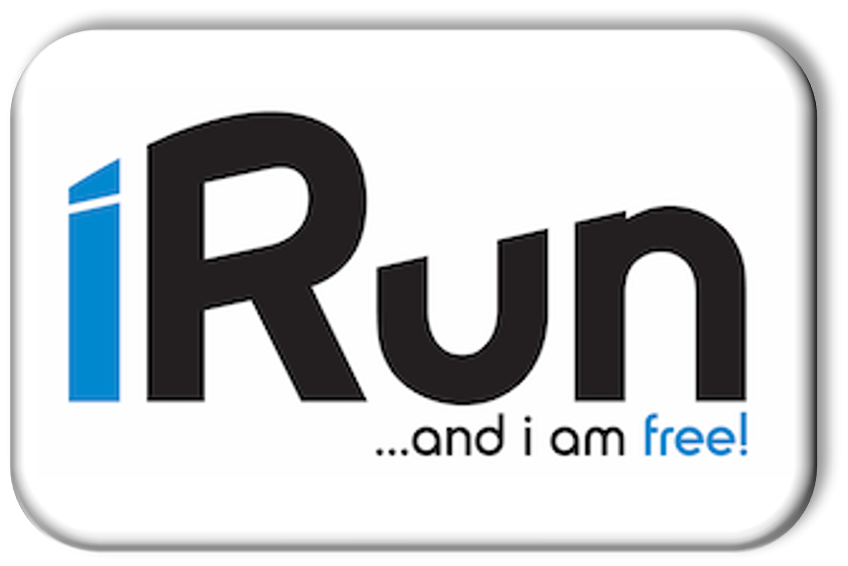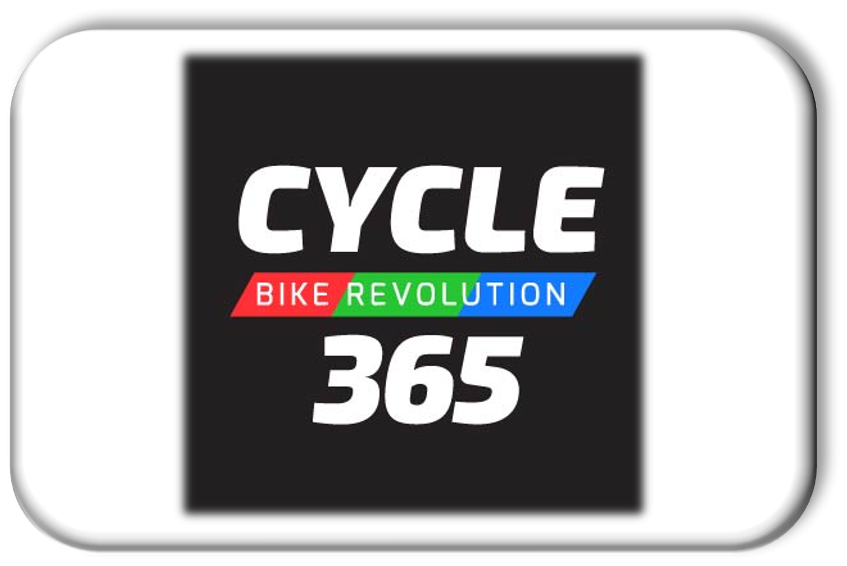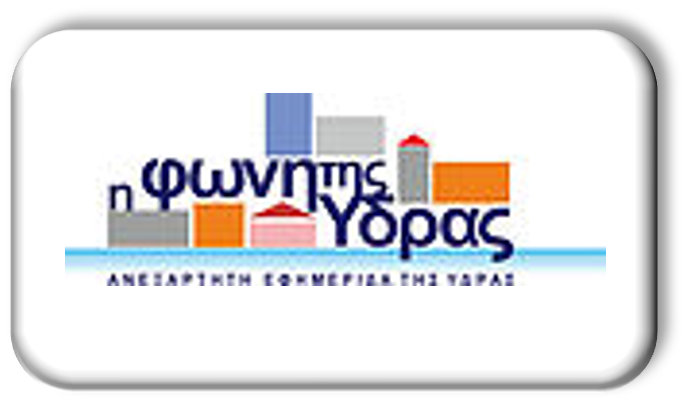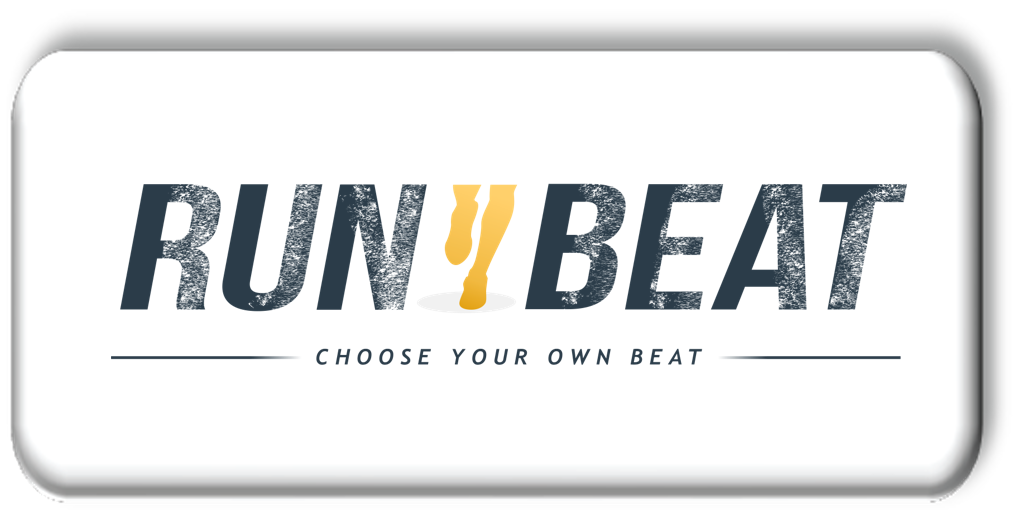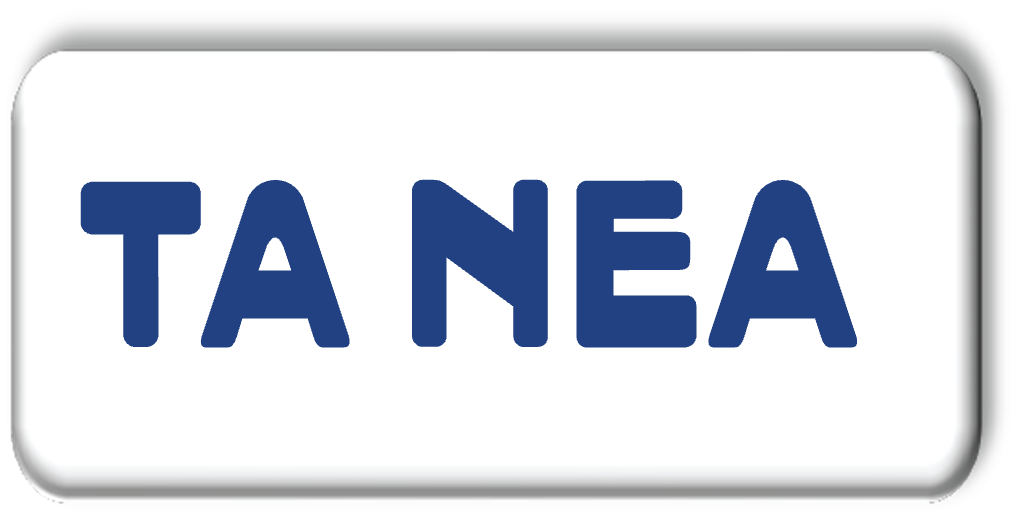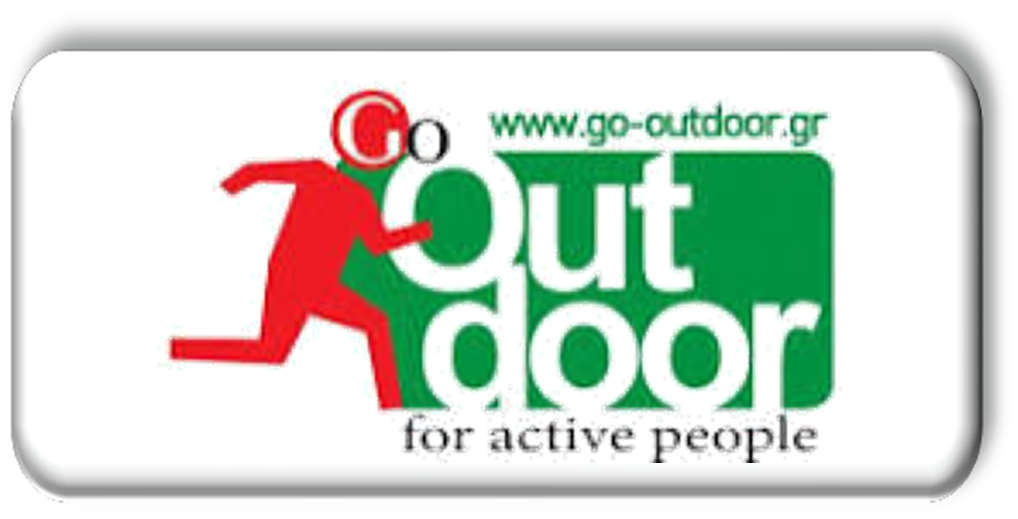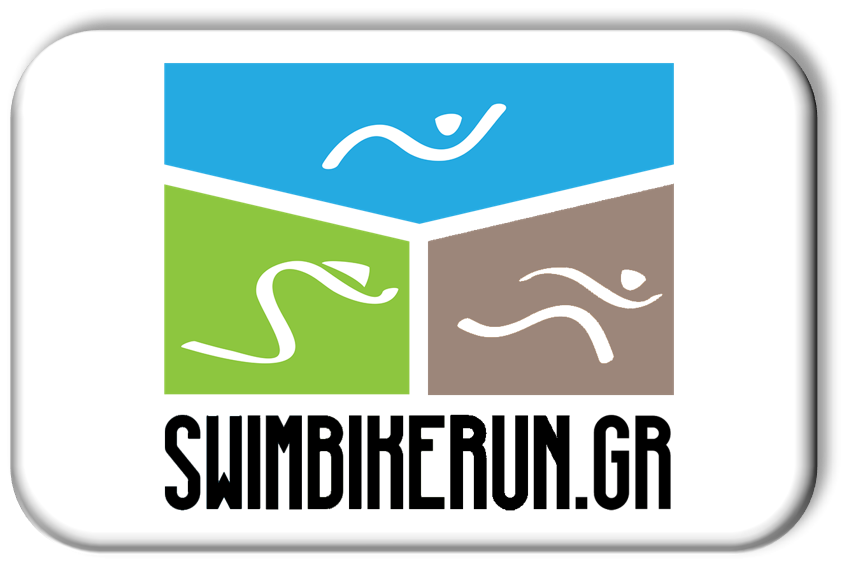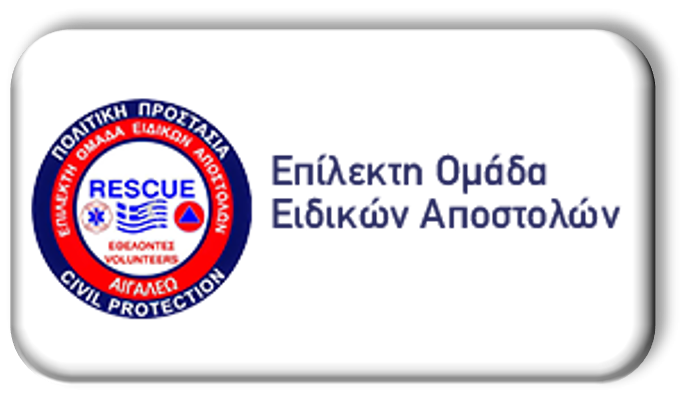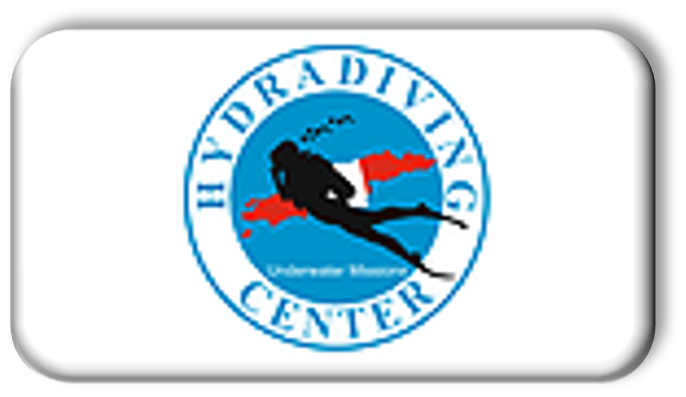Frequently Asked Questions (FAQs)
In order to give information, clarifications, answers to questions that we often receive and in this way to facilitate the discovery of the new swimrun sport and its application in Greece, we present the following questions and answers:
1. What is SwimRun?
It is a sport that began in Sweden in 2001 and is carried out by pairs of athletes, who are tied together with a rubber cord. It consists of swimming offshore and running all terrain which alternate many times until the finish. It is multisport, i.e. the timing of the competitors begins with the common start and is completed for each pair when the second passes under the arch of the finish. It is mandatory to use wetsuit and rubber cord, while equipment is allowed that helps athletes mainly at sea, with specifications. The athletes carry with them, that they intend to use while in the short distances.. even their water.
2. Is there a SwimRun race in Greece?
Yes, of course. It was held for the first time in November 2018 in Hydra (originally scheduled to take place in November 2017) and was the first application in the Mediterranean, under the original rules of ÖTILLÖ. SwimRun Hydra is now an institution and on the first weekend of the third 10days of November (two weeks distance from the Authentic Athens Marathon), the TRIMORE Multisports TOUR has its last stop in Hydra.
3. If someone wanted to summarize the 5 reasons that swimrun is worth living, what would they be?
The 5 reasons that could inspire you and motivate you to live it either in Hydra or wherever you choose (abroad for the time being), are:
- In SwimRun the philosophy and practice is to be all (athletes, volunteers, organizers, spectators) a great warm company, beyond competitions and concerns. The climate is special, while abroad everyone lives for 2 days in the same accommodation, before and after the race, as one team. In Hydra, where the island is small, we may not sleep under the same roof, but the climate is exactly that and includes residents, authorities, etc.
- Each athlete is a separate winner. Each pair is presented before the start, cuts the finish ribbon in the arch that completes their race, they are embraced by the organizers as well as their teammates.
- You have your man by your side every moment. You live the ego beyond the ego, in every aspect of it. You have someone to care for you, to talk, to live longer. You help and you help. You are never alone. Together in the difficult, in the victory but also in the abandonment, if necessary, as a common decision to protect your life. Everyone will go through the arch at the end and we will applaud them, because we admire more that they stood at the start and started. The commemorative photo of the bold, is before the start.
- You live in nature, you protect it and it offers you incredible feelings. SwimRun takes place in exceptional locations of the world, of unique beauty. Such is the Hydra we chose in Greece. You will remember every inch you swam and ran and all your conversations with your couple, throughout your life.
- It is a difficult test, which brings you to your limits and together with your couple you decide to overcome them. The moments you overcame yourself, you never forget them. You appreciate your teammates the most, they appreciate you the most. You have time with yourself in your swimming, you have time with your couple in the runs.
4. Is SwimRun a sport for advanced athletes? I feel it's hard to make it.
SwimRun is a difficult sport, but it's not just for advanced athletes. As in any sport, swimrun depending on your level (in this case: depending on the level of the couple) will be the effort. Just as the Marathon can be carried out by both the athletes of 2 hours and 10-15 minutes and the athletes of 4 and 5 hours, so swimrun can be carried out by all levels of athletes. Additional difficulties are the alternations of sea and running with wet equipment, the fact that you do not do it alone but tied to your couple (it gives of course the safety of always having company and someone to watches you), the season that takes place so that it is cold and the athletes are not at risk of heatstroke with the wetsuit that creates in itself the sense of fear, the weather that has usually spoiled and the sea is wild.
We in Greece, for the newcomers, made things much easier, while maintaining the style and style of the race. So we recommend for the first year the short distance that is exactly what someone needs to gently enter the sport, unless he and his couple feel confident about bigger things. It is a little less than 2 hours for almost everyone (the first a little under an hour), it has only 15% swimming out of the total effort (in the middle distance it is also 15% and in total more than 3.5 hours, while the long distance, swim is even less (12.5%) and the latter athletes will take more than 7.5 hours), it has easy exits to beaches, especially great safety at sea and land, while maintaining the characteristics of a special and great effort. Regarding the fear that may possess you when such a sport, with swimming in fact, takes place in winter, one should know that safety measures are unrealistic. He will feel it every moment, because he will never feel alone. Apart from the fact that the uniform makes the swimmer feel safe at sea, the bonding with his teammate ties him to his guardian angel, the personal float gives him the certainty of rest if something happens.. and he will certainly see us around him always! Boats of the port, boats of the organization, volunteers, lifeguards - rescuers, frogs.. we are all there for him and his couple. The last moment he will feel fear, will be just before he hears the siren of war (starting). After.. everything will be for him! It only remains to enjoy it.
5. I have been told that it is very difficult, and I have also seen many videos that present it as extremely difficult.
It makes sense! Everyone who accomplishes a feat, he then presents it in two ways: either that it was a myth that debunked and in the end it was not as difficult as they presented it, or that it was something completely impossible but he succeeded. The reality is somewhere in the middle. It is a difficult sport, which with proper training and preparation of mind, body and cooperation.. you can do it and be proud of it.
Now, as far as the videos are concerned, this is a trap that most organizers fall into: in their effort to show through a short promo video their struggle, they choose and project the exciting, special, difficult, injury, overthrow, abandonment, burnout, which usually do not exceed 5-10% of the effort.
6. Couldn't it be Spring or Autumn for us all to enjoy it?
No, it could not be done if someone wanted absolute safety of the competitors and full compliance with the original regulations (mandatory swimming suit). There have been races in Italy, Cyprus and elsewhere in summer season or other seasons so that the weather is good, but in all cases the original rules were not applied. It is the wish of our team to abide by the original rules and to bring the ÖTILLÖ racing brand to Greece at some point; there are only a few details that make the sport and the race special and we wish to adhere to them strictly.
7. Is the safety of the athletes and the race adequate? How can I feel that I am not in danger by taking part?
Safety is TRIMORE's primary concern in all its struggles. Adults and children and invests the most in this value and the feeling of athletes. The race has all the licenses provided by law by the region, having submitted an implementation and safety plan to Federations, Port - Police authorities. It has insurance coverage of athletes, spectators and organization. It has a team of assistance at sea and on land, consisting of boats, lifeguards, rescuers, frogs, volunteers, who almost correspond to one security man to each athlete. An emergency management and incident removal plan has been developed and tested. The Hospital is on standby, while injured patients are on standby for the transfer of an incident by sea - if the medical center of the island is not sufficient - to Metochi and from there by ambulance on standby to the nearest competent hospital. Coast guard vessels everywhere supervise security. All this in addition to the athletic safety offered by the wetsuit, the tied pair and the personal float. Finally, the organizer has passes all the way from which it monitors the couples and any delay will activate an intervention engineer, while considering the integration of a live tracking mechanism.
So no risk is sufficient to suspend participation in the race.
8. I know that abroad SwimRun is also solo/individual without a couple. Why don't you offer this particaption option?
TRIMORE's choice is to fully adopt the culture of the sport, which wants pairs of athletes, tied with a rope. It is certain that we would ensure many more participations of athletes, and therefore revenue, if we chose not to dwell on the original regulations of ÖTILLÖ. However, our first choice is the culture and the mindset that gives a couple's reasoning to the race, which makes it special and the experience it offers irreplaceable. At the same time, the safety of the race and the athletes is increasing, something that is our primary concern. For young people in the sport, we have the solution of short distance as well as through our site we are given the opportunity to bring athletes in contact with each other, so that they can find the couple they are looking for.
9. Don't I have a couple to do it together? Can you help me?
Of course we can and do want to help.
The challenge in choosing your teammate is finding the right person to have by your side in the race. It is a perfectly normal feeling to hesitate, since there is no other such sport and we have certainly not learned to operate together with someone else.
Our first choice should be the search for our teammate among those who play sports together in the team, the company, the sports area (swimming pool, stadium) and finally the city. If there you do not manage to find your teammate through your circles and communication, you can always contact us (special article of our site) and why not, we can find you someone who is looking like you.
10. I have a teammate but it is difficult to combine our training program. What do you suggest?
The combination of training with our teammate, is not necessarily to mean that we have to do all the workouts together. Plan your program: joint and individual workouts. Keep the psychological and spiritual connection higher and work on the body, style, tactics even alone. Plan some joint workouts and work mainly on finding tempo on land and sea, deciding who will lead in each leg (the strongest) and most importantly work on changes (from sea to land and upside down) and how you prepare by coming to the change regarding your equipment. You will find your tempo, you will find the "together" easily and you will leave your "egos". Decide who will give the commands on each leg. Find every detail together.
11. I don't know by what criteria to choose my teammate, so that I have the right one next to me in the race. Can you help me?
We should know that the experience is possible, the test is great and the couples reach their extremes. The right choice is of great importance, so as not to regret it, while at the same time to live even more beautifully the moments and to share them with nostalgia afterwards. It's not just a collaboration in a fight. It is a commitment to a common effort, including preparation, responsibility towards that commitment, and equal sharing of the feeling of achieving transcendence in the end. The final say in the choice of course has the athlete, but in order to help make the choice correct, we have gathered here the essence of the experience of those who carried it out before us.
12. There is only one race in Greece. Is this not a deterrent to investing in equipment and time?
Indeed, for the time being, only this race is taking place in Greece and perhaps this is a disincentive to get involved in the sport or to invest by buying the equipment. But could we not see the other way around? The glass is half full!! This sport takes place abroad and finally came to Greece. We have a unique opportunity to live it and gain this extremely powerful experience, in our country and especially in the enchanting Hydra. Surely more races will come to our country, but the first will always be special and especially when he has nothing to envy those abroad. It remains, of course, that when only one race takes place annually, the investment in its equipment seems to be even greater than other sports that we can take part in many races. But that is not the case. Much of the equipment is provided by the organizer (rubber cord, personal float, vest with bib number, cap, tattoo, etc.) and some other.. already we have it and it just needs conversion (wetsuit, pull buoy, paddles). We have a lot of information available on our site, but there are also many suggestions on the internet. The experience we live in this event, you can be sure that it is worth it.
13. I have heard /appreciate that the equipment for this sport is scarce and/or expensive. Is that true?
The equipment of swimrun, apart from the obligatory - a large part of which is granted by the organizer (elastic cord, personal float, vest with bib number, cap, tattoo, etc.) - and the wetsuit for which special reference will be made below, is depending on what serves the athlete (pull buoy, paddles, etc.). All of them, there are in the types of swimming, are simple and economical and small modifications can turn them into excellent aids in SwimRun. We collected here information, features, details, patents and secrets.
The most difficult to find of them, perhaps more specialized and ultimately the most expensive.. is the wetsuit, for which special reference is made in the above link, but it is useful to know that we are working hard to offer solutions. In 2019 we changed our sponsor so that it has suitable and economical equipment in Greece and now you can find a lot of money if you decide to buy a new one. We are also working towards concluding an international sponsor agreement for this purpose as well. The wetsuit that may be purchased, certainly makes for other uses of swimming or water sports and is not exclusively for SwimRun, just in the needs of this it specializes.
In Greece there are also wetsuit rental solutions and we could help you with that, if you ask us.
Finally, as another solution, one can, if someone has a swimming, diving or surfing old wetsuit, turn it into a SwimRun wetsuit with an easy process and instructions that you will find on the internet.
14. Why is the cost of participation (registration) so expensive? When you consider the cost of attending there, isn't it prohibitive?
Indeed, the cost that someone will incur in order to take part in the race of Hydra, has two parts and should take into account both in his general planning: the cost of registering a couple in the race and the cost of representation in Hydra (transportation to and from Hydra, accommodation, meals).
As organizers, we always keep in mind the athletes we address to. In fact, not only them but also their families/friends. We therefore make sure that it is not just a race in which the other members of the family have no interest to attend, but an event with many sports and recreational activities in which all members of the group can take part, and therefore have a lively interest in attending. In this way, the athlete does not feel alone, escaping a weekend from his home and family, while at the same time, the cost of performance ceases to be a cost for a sport and becomes a cost for an entertaining family trip to a magical place. At the same time, we make sure to communicate with hoteliers, restaurants and shipping companies so that in an off-season period services are available to visitors and the cost to it's privileged.
Regarding the equipment, as organizers we make sure to offer enough of the mandatory to the participants, solutions to the athletes through sponsors (financial market, rental, etc.), conversion methods and secrets from veterans to optimize usability at the lowest cost.
Finally, it is extremely useful to know that we keep the cost of participation low in order to make it accessible to more people. Very low when you consider how few athletes participate, how much the cost of excessive insurance has, how much the cost of the equipment we provide and stay with the athletes has, how much such a design has for so few athletes and for a single event. Nevertheless, the first two cost levels (FAN and EARLY BIRD) addressed to those who want it very much and are determined, are extremely low while giving us the opportunity to plan better and offer superior services. As the event approaches, the cost of participation goes up, but it is something that is an announced policy from the beginning to motivate the interested parties to register on time and to prepare everyone (organizers and athletes better).
15. Why did you choose to do it in Hydra? Couldn't it be done in Athens or near it, where most athletes live, so that it has a lower cost?
The factors that lead to the choice of a place to design and organize a sporting event, are numerous. No place can combine all possible parameters to be judged as the ideal.
Surely an area of Attica or near it, would give many advantages in the matter of cost, in the possibility of unhindered access of foreign athletes, in the ease of the organizer to prepare and communicate the event, etc. However, it would fall short on issues that have to do with the culture of the sport (all together a team for 2 days, that we live in the rhythm of the race as one), with absolute application of the culture of TRIMORE (events for the whole family / company, which attract the visitors for two days to the actions of the event, in a wonderful destination of Greece, with a distinct color and aroma) but also other parameters of organization, racing terrain and resources.
We chose Hydra because it is one of the most beautiful areas of Greece. The sport fits perfectly with the history, the people and the culture of the island. The terrain is ideal and maintains the conditions if one considers that the long distance is an all day race, is coping adequately. The bodies (Municipality - Region - Hydra Nautical Club) and the authorities (Coast Guard, Police, Fire Brigade, Historical Archive - Museum of Hydra, Merchant Navy Academy) welcomed with great fervor the idea even, while in practice they prove every year their identification. The climate prevailing in Hydra during the race is so attractive, that will be an indelible experience in the mind of every one who lived it in any role.
16. What sport would you say fits coaching and racing with SwimRun?
SwimRun is a multisport (a sport that combines 2 or more sports, starts with a joint start order of all participants, the winners emerge based on time at their finish and the athletes alternate the sports without the time stopping).
Such sports are Triathlon, Aquathlon, Duathlon, Lazer Run. Since SwimRun consists of swimming offshore and running all terrain, Aquathlon and Triathlon are closer to it athletically. One should take into account the absolute specificity of the sport, which although it has these two sports, in contrast to the above, wants athletes tied in pairs, it alternates the two sports of sea and land with each other many times, wants the athletes quite autonomous (they carry whatever they will need) and troubles them enough (swimming with shoes, running with wetsuit, wild and dangerous terrain, etc.). In conclusion, coaching and racing swimrun is closer to Aquathlon and Triathlon but it also needs a lot of specialized training with our couple (body, spirit, understanding) and with the equipment.
17. Are there any techniques that the couple can follow in order to achieve results faster than the sum of the years of the later in the two sports?
Surely a pair can achieve times faster than the sum of the years of the later in the two sports. The rope, the physics and the encouragement - coaching during the race are the three secrets.
The rubber cord can be used as a means of traction into the sea, so that the latest that follows achieves superior performance than its individual performances.
Physics, and specifically hydrodynamics, can help the later swimmer, if attracted with the rope set at a short distance, stands near the legs of the fastest swimmer behind him just, in order to take advantage of the thrusting power (hydro-drafting).
Finally, during the run mainly, the fastest of the couple that precedes the later, can by keeping the rope stretched, maintain a slightly faster pace than the known limits of the athlete who follows, talking and encouraging him to overcome himself (attention: there should be a tactical pre-understanding, moderation in its application and finally a perception alert for any exceeding endurance limits.
18. The organization of Hydra is out of the season and makes my training planning difficult. What do you suggest to me?
The swimrun event, as mentioned above, is a winter racing activity and so it should be understood and integrated into the competitive planning of an athlete. Our proposal is, if your desire is to take part in this unique athletic experience, to integrate it in time in your training planning so that it is not an extraordinary extension of the program but your last participation.
19. Can someone of mine be watching me during the race?
SwimRun is a sport that in most parts of the world where it takes place, cannot be watched by spectators, except in selected passages at differents points in the route of the athletes that someone can choose to stand.
In Hydra, we have designed a race that gives many opportunities to watch it. In the harbor, the start of all distances takes place, the first run with the athletes passing 2 times in front of the people, if they stand anywhere on the pier, and they also come back for a swim later. In addition, people can walk alongside the swimmers to their exit in both this harbor swim and the others of the North side. Finally, people can certainly choose any other point of the race route and stand to watch the athletes. If someone chooses the port or returns after tracking elsewhere, he has the opportunity to watch the finishing procedure, without having made a long walking journey. We plan in the future, that the participation of athletes will be increased, to organize watching of the race by sea.
It is worth noting that the organization works so that -in cooperation with its sponsor- in subsequent events it has live tracking of the athletes online and live streaming on screens at the port, so that in addition to the safety reasons (organizer's issue), it enables family/ friends to watch the couple(s) they wish.
20. How do you propose that we come to Hydra? By car or by boat?
Access to Hydra is either by sea from Piraeus by ferry, or by car to Metochi or Ermioni and from there by boat (hydro-taxi or boat) to Hydra.
Both ways offer a beautiful and enjoyable journey. We suggest that you choose the ferry transfer in case children will travel with you (the road route is a little tiring) unless the weather forecast is not good and the dolphin is shaking.
Finally, the choise of the solution to come by car to Metochi and from there by boat or even water taxi opposite Hydra, gives you relative autonomy. Please note that there is a parking space (for a fee) at the port of Metochi.
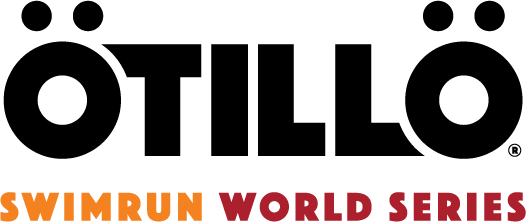
watch how SwimRun started, in this video
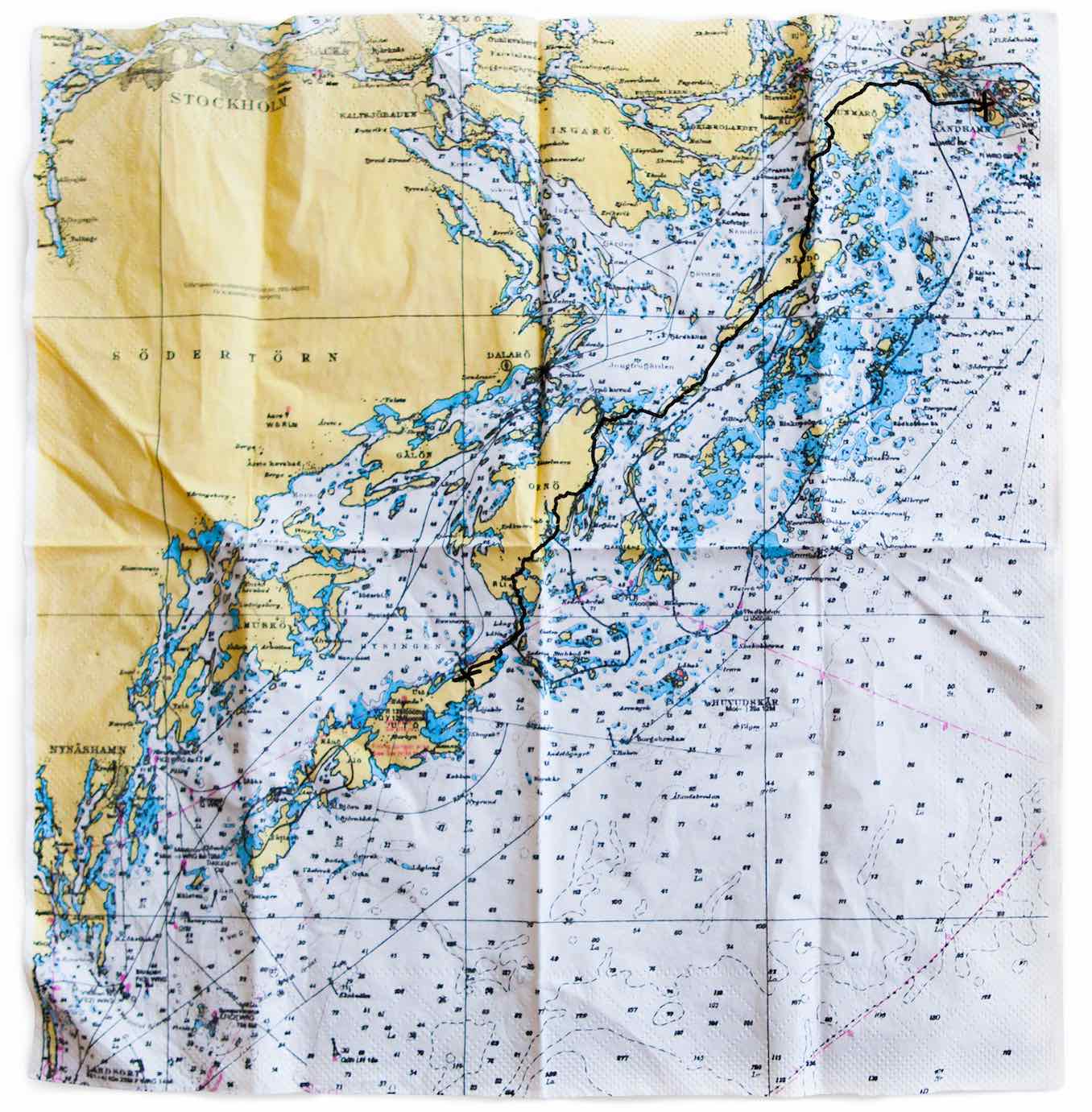
SwimRun History
The first SwimRun race was the Swedish Ö till ö (island till island, stylized as ÖtillÖ), a 75-kilometre (47 mi) course across 26 islands. In 2002, Anders Malm, the owner of Utö Värdshus (the finish line hotel of ÖtillÖ), his friend Janne Lindberg and some of his staff (the Andersson brothers) had a late night in the bar. They challenged each other – "Last team of two to Sandhamn pays for hotel, dinner and drinks". Two teams of two athletes started the next morning with the only rule being that they had to pass the three different restaurants on the islands between the start and the finish. The last team at the restaurant had to drink and pay what the team ahead of them had ordered for them. It took them more than 24 hours and they were too tired to party on arrival. They tried again the year after (2003) with the same result. They're referred to as Original 4.
In 2006, Michael Lemmel and Mats Skott were asked if they could make a commercial race out of their crazy challenge. The first couple of years only 11 teams started and only two managed to finish within the time limits. They were: Petri Forsman, Ville Niemelä and Johan Hasselmark, Martin Sahlen. Then something happened and the teams learned that the only way to race is by not stopping, with constant movement. Unlike the original course set by the creators, Utö became the finish line while Sandhamn became the start. The race became known as ÖtillÖ. Today the race is internationally recognized as the SwimRun World Championship for ÖtillÖ and has been ranked by CNN as one of the toughest races in the World. It was also later mentioned by one article as one of the toughest 1-day endurance races in the world, and is currently the standard when it comes to rules and style of racing.
In 2011 the style of racing picked up the name "SwimRun", given by Erika Rosenbaum, one of the ÖtillÖ SwimRun World Championship podium finishers.
In 2012 was the race with more than nine (3man/3woman/3mix) finisher teams and the years of the consolidation of the race ref.
In 2014 on August 3, the first SwimRun race done in warm water. Results was Aquaticrunner XTriM ITALY and it started but not with the original rules of SwimRun. It is an individual SwimRun race and not a standard dual-team race such as in ÖtillÖ. The biggest different between Aquaticrunner and the Nordic races are two: the Individual/Solo race (no team) and that swimming tools are not permitted (no fins, snorkel, etc.) with the exception that a pull buoy is allowed (Paddle starting from 2017). The other races done outside of Sweden in 2014 was: Rockman SwimRun and XTERRA SwimRun (stapped in 2016) both in Norway, Engandina in Switzerland and Amphibianman in Italy (this was the first outside of Sweden done on May 10, 2014). Aquaticrunner 2014 was also the first Individual/Solo SwimRun done in the world and it was realized by Matteo Benedetti. In 2014, the organization World of SwimRun / WorldofSwimRun (WoS) was formed (2014 Constitutional meeting). World of SwimRun is a neutral, independent and global non-profit organization: By SwimRunners - for SwimRunners, with a mission to bring SwimRun to everybody and provide the latest SwimRun news. World of SwimRun also hosts the biggest data source on available and active races in the world.
In 2015, the world's first UltraSwimRun, the Stockholm Archipelago Ultra Challenge (SAUC) took place and is considered one of the toughest available SwimRun race challenge in the world, stretching over some 250 km. SAUC is also the official UltraSwimRun open challenge. In 2015 the SwimRun started in Russia with Individual and Team forums. In 2015, the World SwimRun Federation was founded in Switzerland Constitutional meeting (Canton Ticino Switzerland - official language: Italian). The objective of WSRF is to discipline, organize, promote, advance and spread out the sport of SwimRun throughout the wide world in Individual/solo and Team formula. The scope is to promote and develop SwimRun sport in the world in accordance with the principles set out by the Olympic Charter and in protection of physical and mental health of athletes, fighting doping in all its forms. The organization is independent and global non-profit.
In 2016, SwimRun Australia became the first SwimRun not only in Australia but also the southern hemisphere, bathing the way for the growth of SwimRun in the Asia-Pacific region. Most SwimRun races are completed in teams of two. Starting from 2016, there are some individual/solo SwimRun in the world: starting from Italy (Italian SwimRun series 12 races SwimRun Italy, now 17 races), Love SwimRun, Canarie SwimRun and Portugal SwimRun, in Individual and Team forums.
In 2017, In France, SwimRun is linked to the FFTRi, as it is in Finland. Others individual/solo SwimRun on 2017 was Canada Canaqua SwimRun and Uruguay SwimRun. In Africa, Torpedo SwimRun held the first SwimRun race on the continent in Cape Town on January 15, 2017. The race covers 16 km of Cape Town coastline, with swims in the South Atlantic and running at the base of Table Mountain. In 2017 (November) was planned to take place an original SwimRun Sprint (12k) race in Greece (Hydra Island), but finally postponed to take place on November 2018.
In 2018, the world's first book on SwimRun was published SwimRun – The Guide to SwimRun Training & Racing, Stockholm, Sweden (2018). In 2018 Aquaticrunner was the first individual World Championship with 22 nations represented and 250 athletes qualified. The world qualified was done in Fuerteventura, Madeira, Canada, Russia, Uruguay, Belgium, and Italy. On November 2018 the first SwimRun Hydra took place with 26 pair athletes participated. The international focus has been growing in the last years, and on December 28, 2018 there are more than 500 known races in the world, in 24 countries and on 5 continents. In 2018, Ultra SwimRun ALPS consisted in a 127 kilometers (79 mi) run, 4,500 meters (14,800 ft) swim D+, passing through to the alpine lakes and is the SwimRun race with the maximum total elevation.
In 2019, SwimRun U.S. Series Ignite SwimRun became the first SwimRun series in the United States of America with 5 races using the individual/solo formula. SwimRun debuted on March 30, 2019 in Brazil and became the first race in tropical countries. Búzios SwimRun changed to Hero SwimRun in honor of the effort of the athletes. With 200 athletes, the distances were 10 kilometers (6.2 mi) (solo / teams) and 24 kilometers (15 mi) (teams) in 7 different terrains and 17 beaches. The event also carried out environmental actions before the race, collecting 100 kilograms (220 lb) of garbage in partnership with the Swedish Embassy in Brazil and with the local government. In 2019 SwimRun Hydra (Greece) offers a Regular distance race (23,6k) together with a Super Sprint (9,4k).
SwimRun development
2006 1 race 4 pairs finishers
2007 1 race 4 pairs finishers
2008 1 race 6 pairs finishers
2009 1 race 16 pairs finishers
2010 1 race 16 pairs finishers
2011 3 races 196 pairs finishers
2012 5 races 900 pairs finishers
2013 10 races 1.948 pairs finishers
2014 22 races 3.574 pairs finishers
2015 55 races 6.441 pairs finishers
2016 103 races > 7.000 pairs finishers
2018 > 500 races
Distances
Super Sprint <10k
Sprint 10.1k - 20k
Regular 20.1k - 40k
Long 40.1k - 70k
Ultra +75k
Multiday >24h




